Durability is often one of the most important things for homeowners to consider when purchasing a bathtub. Let’s face it—nobody wants to splash out on a bathtub that scratches and scuffs easily and looks shabby after just a few years. Fortunately, materials and coatings have advanced in recent times, and bathtub durability has improved as well. A lot of this durability has to do with the polymer layers that are built into them, which help repel scratches and signs of damage.
If you’ve ever wondered how bathtubs become scratch-resistant or are in search of a durable addition to your home, then let’s see here the secrets that lie behind these protective polymer layers. The Skinny By the end, you will know how modern contemporary bathtubs are made and why brands like Wellfor are on the map for high-quality bathtubs that don’t scratch.
The Rise of Modern Bathtub Materials
No longer are most bathtubs just heavy cast iron or basic porcelain. Though those materials are still available, their fragility and tendency to scuff, scratch, and chip have given rise to some innovative alternatives. Contemporary bathtubs tend to be constructed of polymers as a veneer covering composite materials. This easily facilitates transportation and installation and makes the bathtub more resistant to scratches or everyday wear.
More layers in the bathtub reflect the Bentley, which is more praised for durability and user-friendliness. But what are these polymer layers, and what are they doing?
Key Polymer Layers That Protect Bathtubs
1. Acrylic Layers
Acrylic is one of the most popular materials for modern bathtubs. It’s lightweight, smooth, and naturally resists scratching and chipping. But not all acrylic is created equal. Here’s why it works so well:
· Non-Porous Surface: Acrylic’s non-porous surface resists dirt and grime, making it less prone to minor abrasions.
· Enhanced Durability with Multiple Layers: High-quality acrylic bathtubs feature multiple layers of acrylic sheets reinforced with fiberglass or other materials for added rigidity. These layers prevent cracking and ensure the surface stays sleek and scratch-free longer.
· Thermal Properties: Acrylic retains heat, so your baths stay warmer longer. As an added bonus, scratches are less likely to occur when the surface isn’t undergoing extreme temperature changes.
If you’re looking for acrylic-based bathtubs, brands like Wellfor offer a range of reliable and elegant options that meet these high standards.
2. Gelcoat Enamels
Gelcoat is a premium coating often used in bathtubs to seal and protect their surface. It’s particularly common in fiberglass tubs, providing aesthetic appeal and scratch resistance. Key benefits include:
· Substantial Barriers Against Abrasions: The gel coat is a protective shell that keeps scratches at bay.
· High Gloss Finish: Many homeowners are drawn to the sleek, shiny look of gel coat finishes, which are resistant to regular cleaning.
· Chemical Resistance: Gelcoat’s inherent resistance to cleaning agents ensures the bathtub maintains its finish over time, even when exposed to harsh products.
However, handling gel coat bathtubs carefully is essential, as excessive force or neglect can eventually wear down this layer.
3. Polyurethane Coatings
Polyurethane is often applied as an additional layer or finish to maximize a bathtub’s scratch resistance. This versatile polymer is known for its elasticity and toughness, which allows it to absorb impact better than rigid materials.
· Scratch Healing Abilities: Polyurethane has a unique property where minor scratches “heal” over time because of its flexible layer.
· Anti-Yellowing Features: Over time, exposure to UV light can cause certain materials to turn yellow. Polyurethane coatings help preserve the bathtub’s natural appearance.
· Versatility in Application: It can be used across various bathtub materials, including acrylic, fiberglass, and even steel-reinforced tubs.
4. ABS (Acrylonitrile Butadiene Styrene)
This polymer often serves as the foundational layer in specific bathtub models. While not as glamorous as acrylic or gel coat, ABS makes the bathtub lightweight and durable.
· Flexibility and Strength: ABS adds a layer of impact resistance, ensuring the bathtub won’t crack under pressure.
· Scratch Prevention: The material also offers baseline scratch resistance, though it’s often paired with other coatings for added protection.
· Eco-Friendly Option: Given its recyclable nature, ABS is a greener choice for environmentally conscious homeowners.

5. Composite Layers
Many modern bathtubs are made using composite materials that incorporate polymer layers and supporting structures like fiberglass or resin. These composites excel at balancing strength and affordability.
· Reinforced Structure: Fiberglass acts as a skeleton, while polymer coatings like acrylic or gel coat provide the outer shield.
· Cost-Effective Durability: Composite bathtubs are often more affordable than pure acrylic or steel-reinforced options, making them attractive for families looking for scratch-resistant designs without breaking the bank.
Bathtub Maintenance Tips to Prevent Scratches
While it’s great to have a bathtub with built-in scratch resistance, proper care can make a difference in preserving its surface for years to come. Here are some tips to maximize the lifespan of your tub:
· Use Non-Abrasive Cleaners: Harsh scrubbers or gritty cleaning products can wear down even the most durable polymer layers. Instead, stick to mild soaps or specialized bathtub cleaners.
· Avoid Sharp Objects: Keep items like razors or metal tools away from your bathtub. Even tough coatings like gel coat or polyurethane can chip under extreme stress.
· Rinse After Each Use: Soap scum and residue can build up over time, making the surface appear dull. A quick rinse after each use prevents this buildup and reduces the chance of scratches caused by scrubbing.
· Place Mats with Care: Bathroom mats with rubber backings can trap debris underneath, which may cause micro-scratches. Opt for fabric mats or ensure the rubber surface is clean.
Why Wellfor Bathtubs Are a Worthy Choice
If you’re shopping for a bathtub that combines impeccable style with top-notch durability, Wellfor offers an impressive selection. Known for emphasizing quality materials and long-lasting construction, Wellfor’s bathtubs utilize advanced polymer layers to ensure scratch resistance without compromising aesthetics. Whether upgrading your master bath or installing a sleek guest bathroom, Wellfor products cater to every need.
Their models range from elegant freestanding acrylic tubs to space-saving corner designs, all crafted to deliver the durability and comfort modern homeowners expect.
The Final Takeaway
Modern bathtubs owe much of their scratch-resistant properties to innovative polymer layers, including acrylic, gel coat enamels, polyurethane, ABS, and composite structures. Each of these materials uniquely ensures the surfaces stay durable, shiny, and inviting for years.
Whether you’re considering an acrylic tub with a gel coat finish or a fiberglass composite design, the key is to balance your budget, aesthetic preferences, and maintenance expectations. And if you’re looking for a reliable, high-quality option,
Wellfor’s range of bathtubs makes it easier than ever to find a tub that’s beautiful and built to stand up to everyday life.
With proper care and the right choice of materials, your bathtub will serve as a relaxing haven that stays scratch-free for decades.

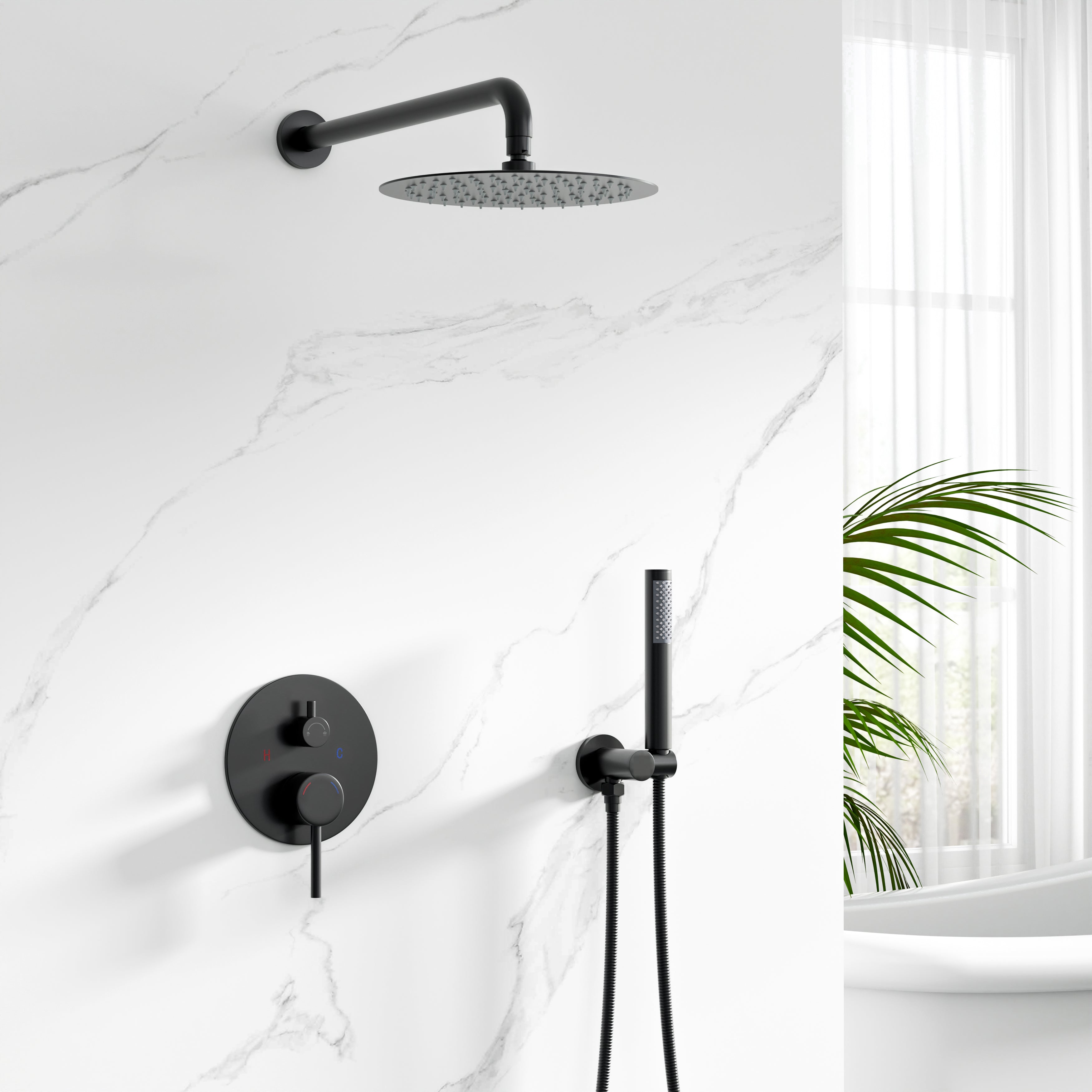
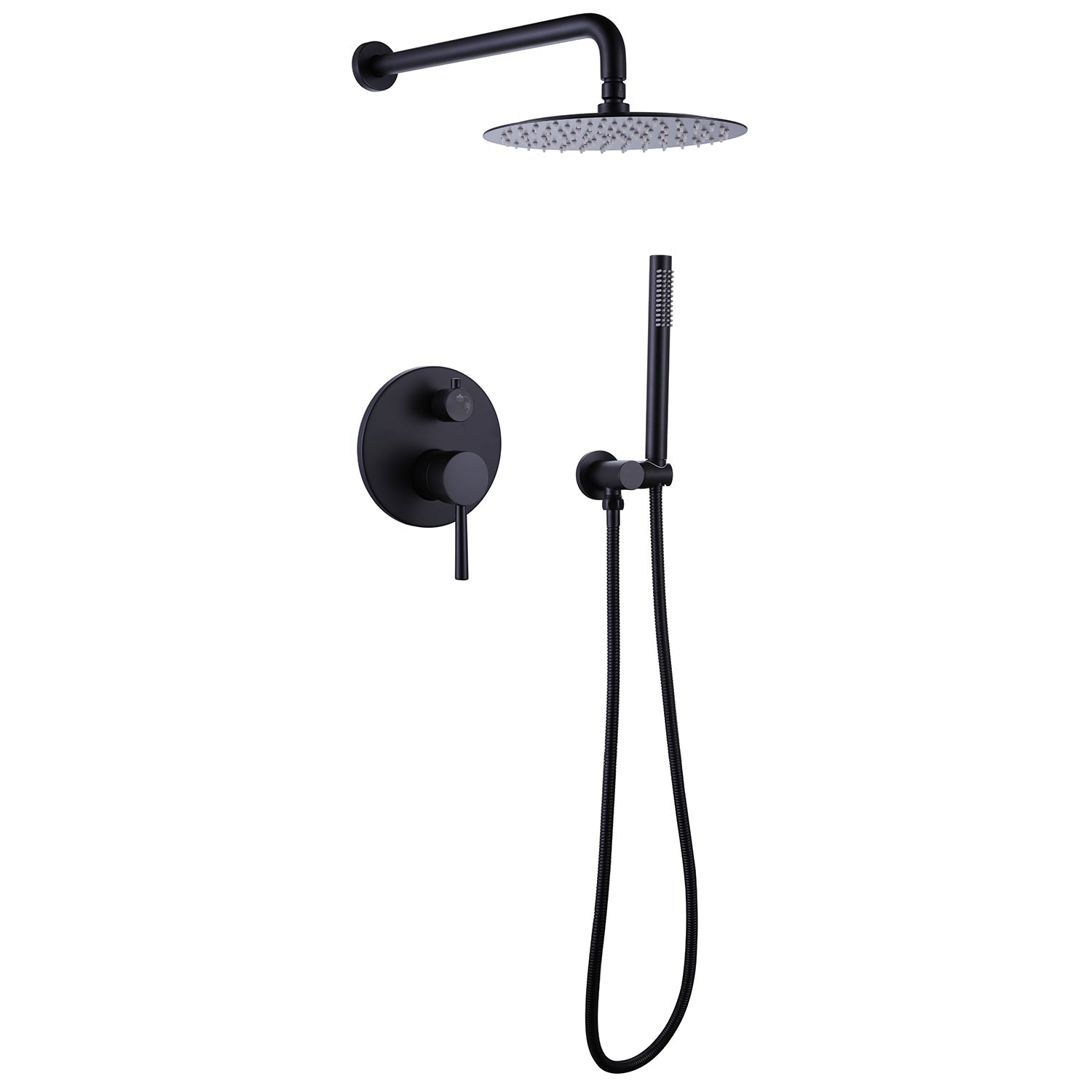


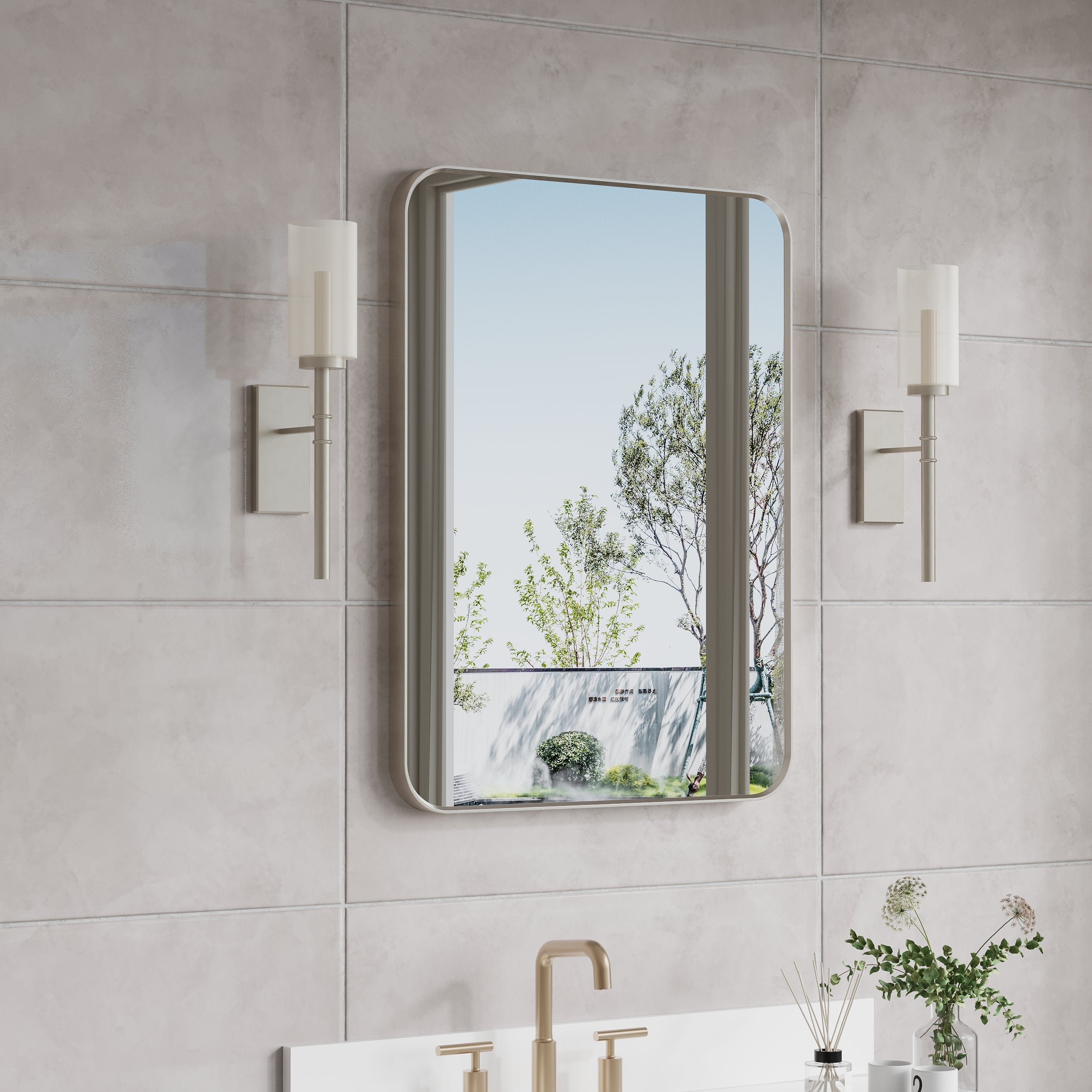
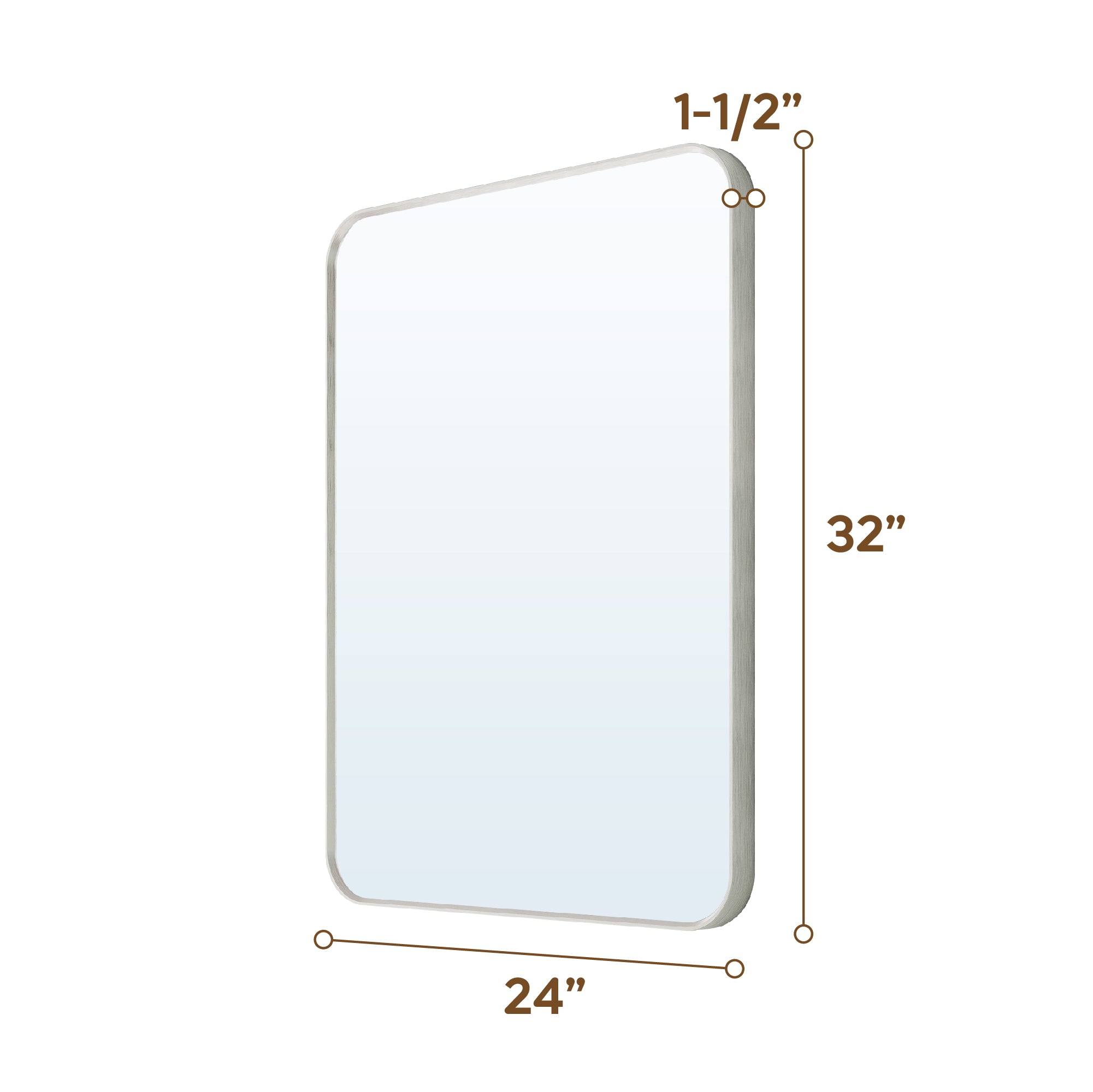

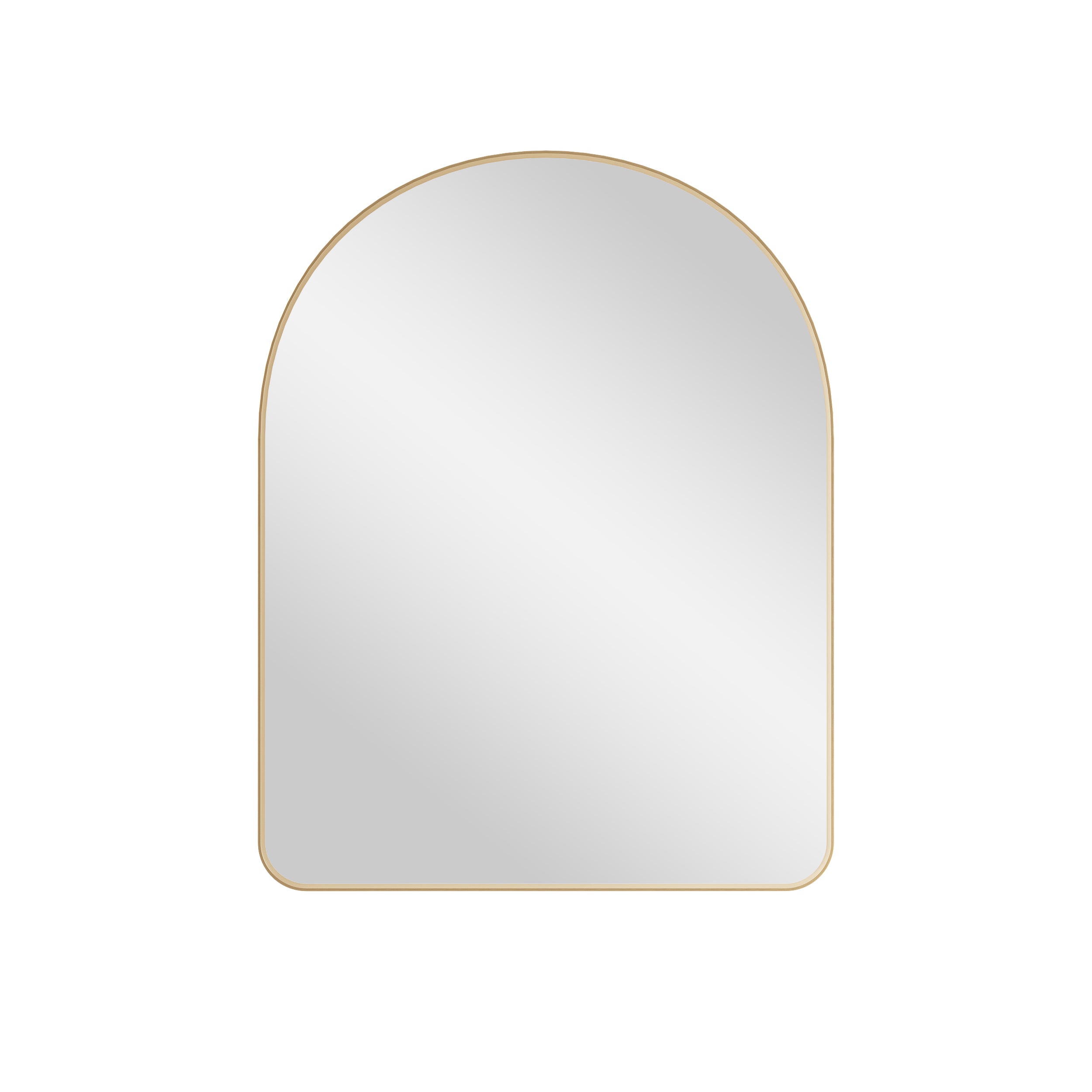



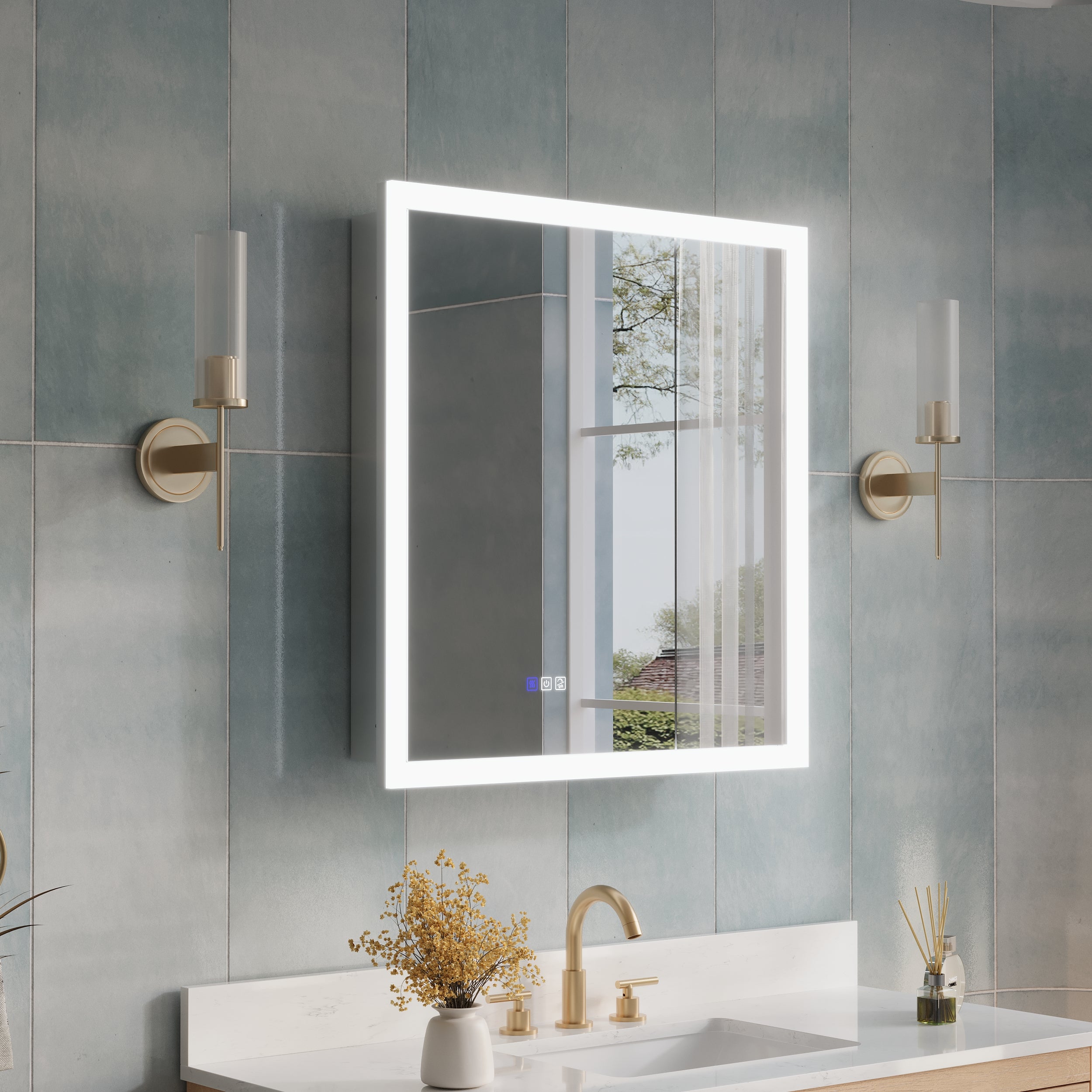
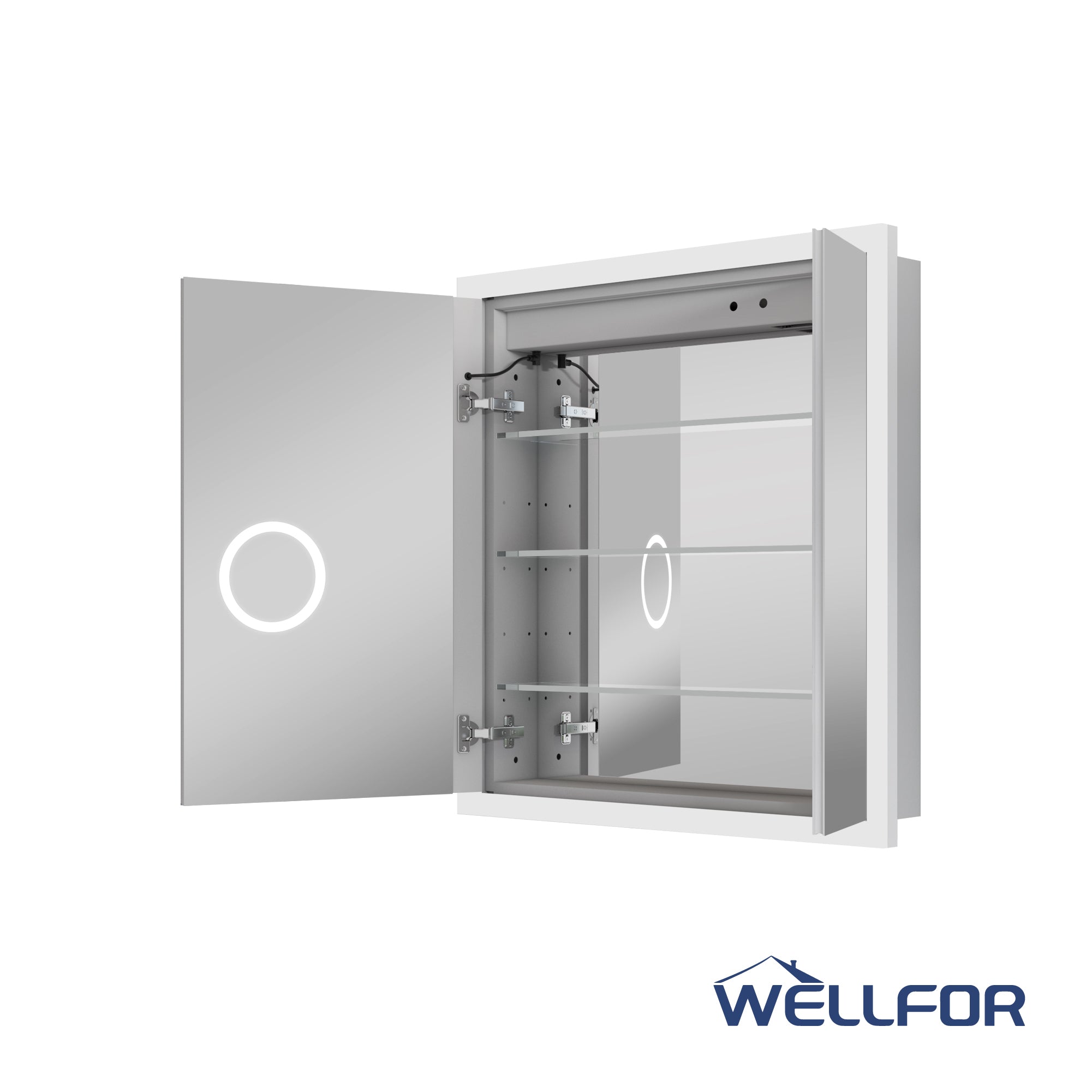
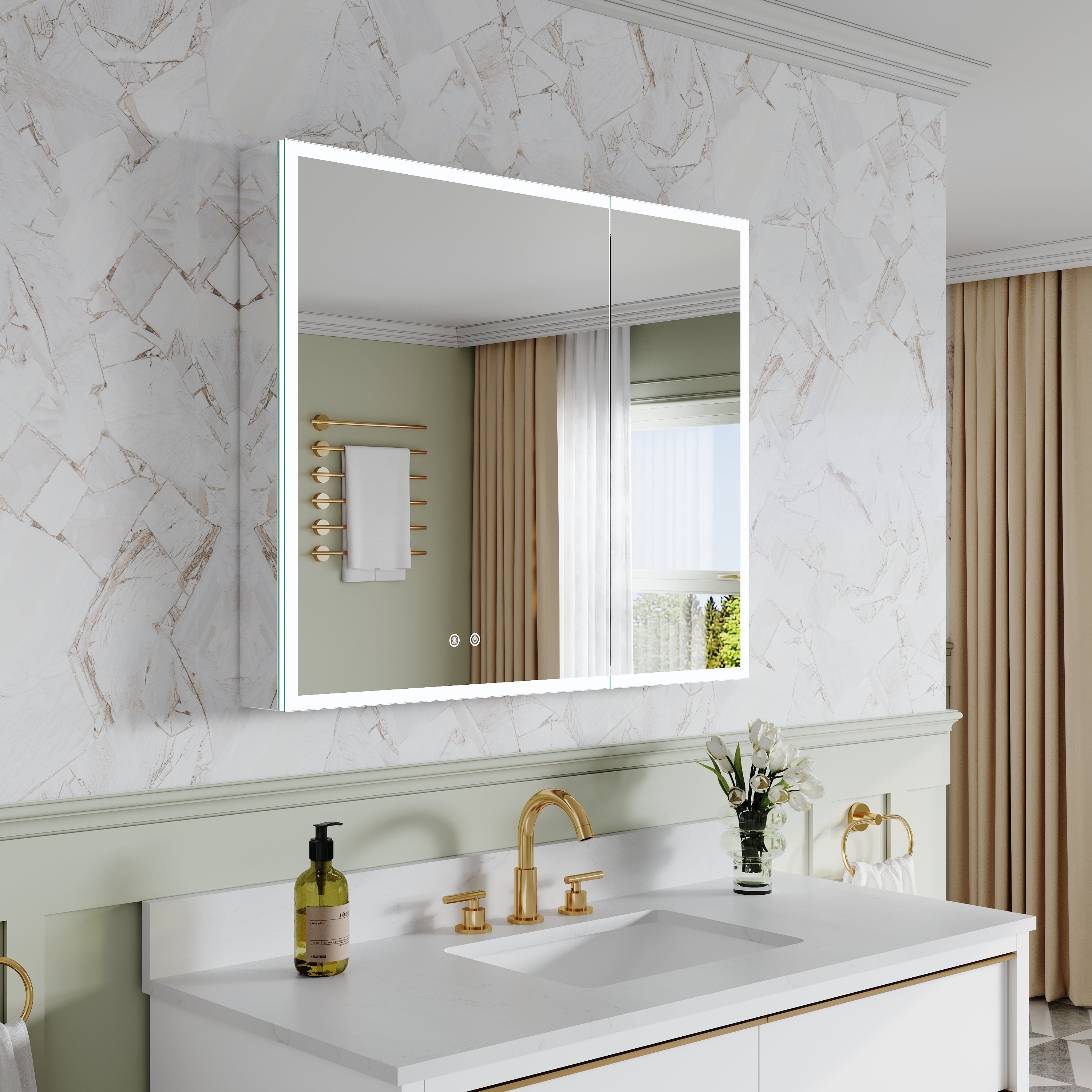
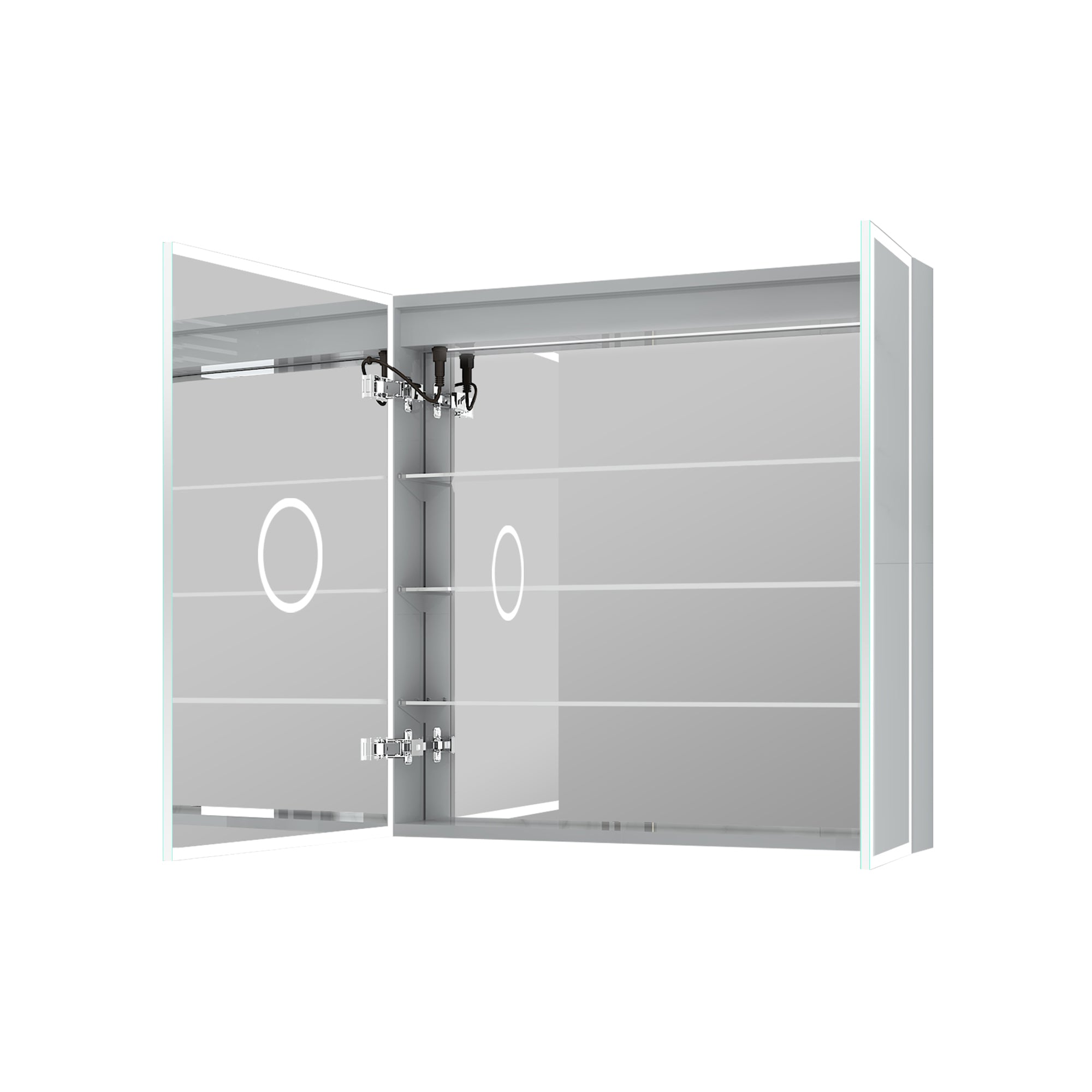


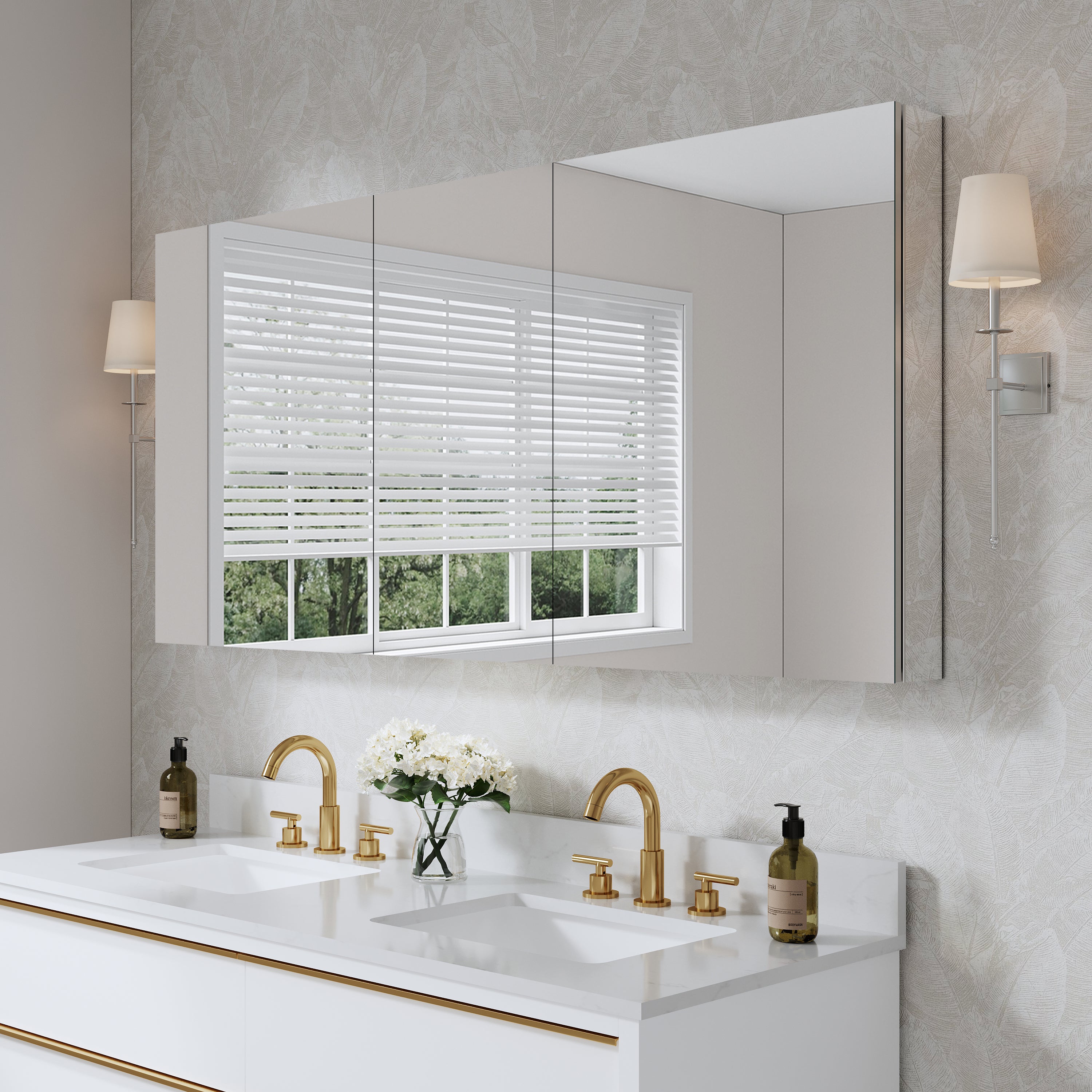

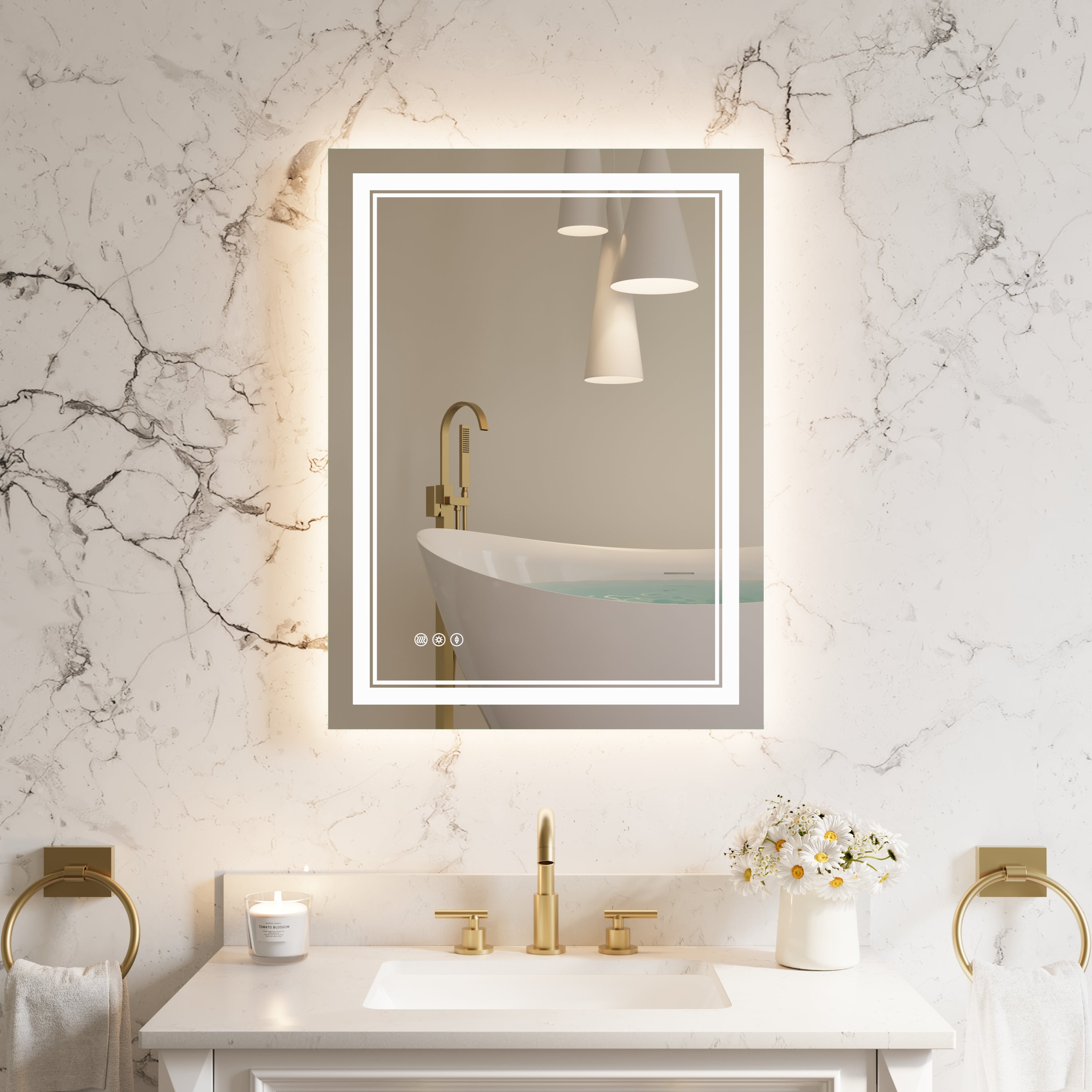
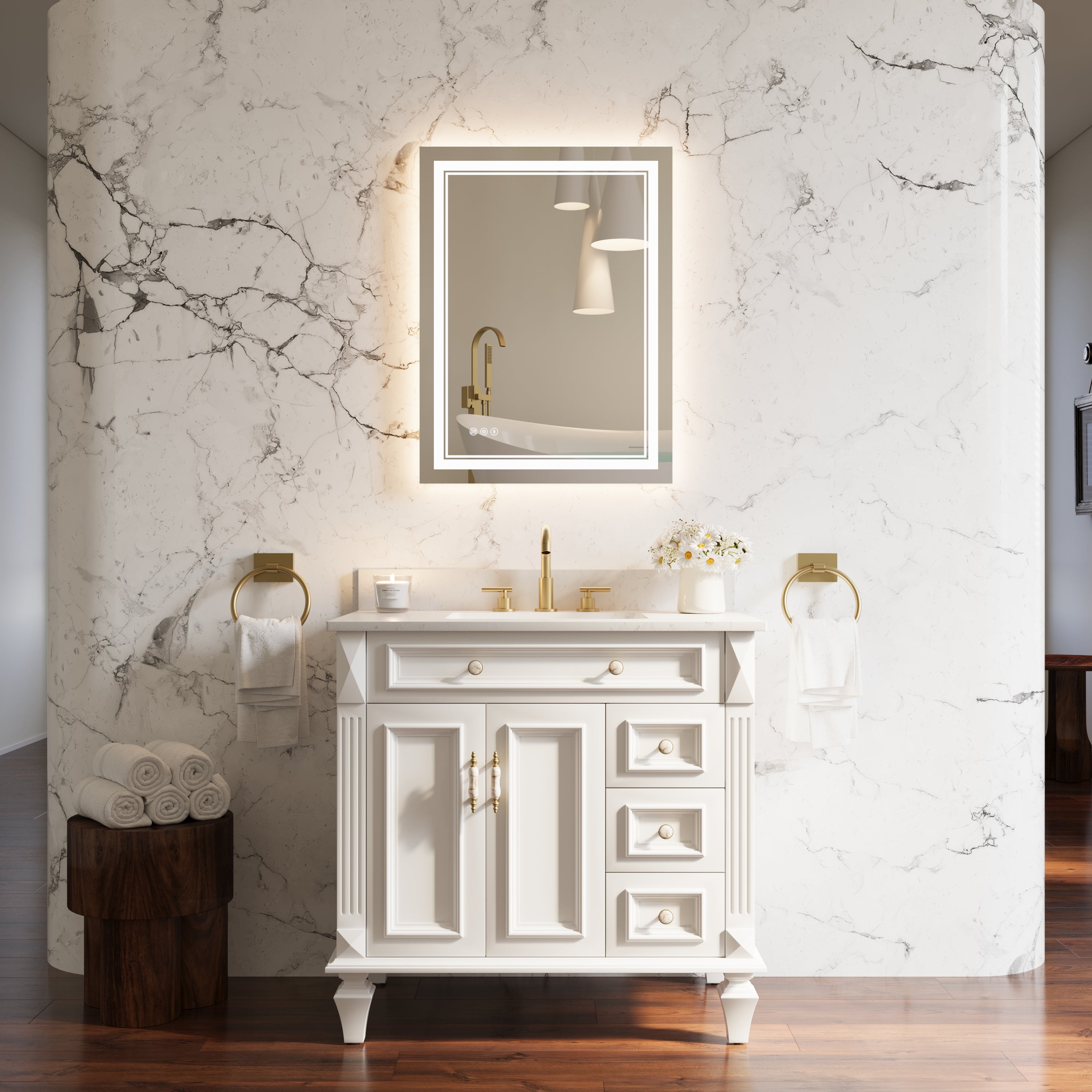
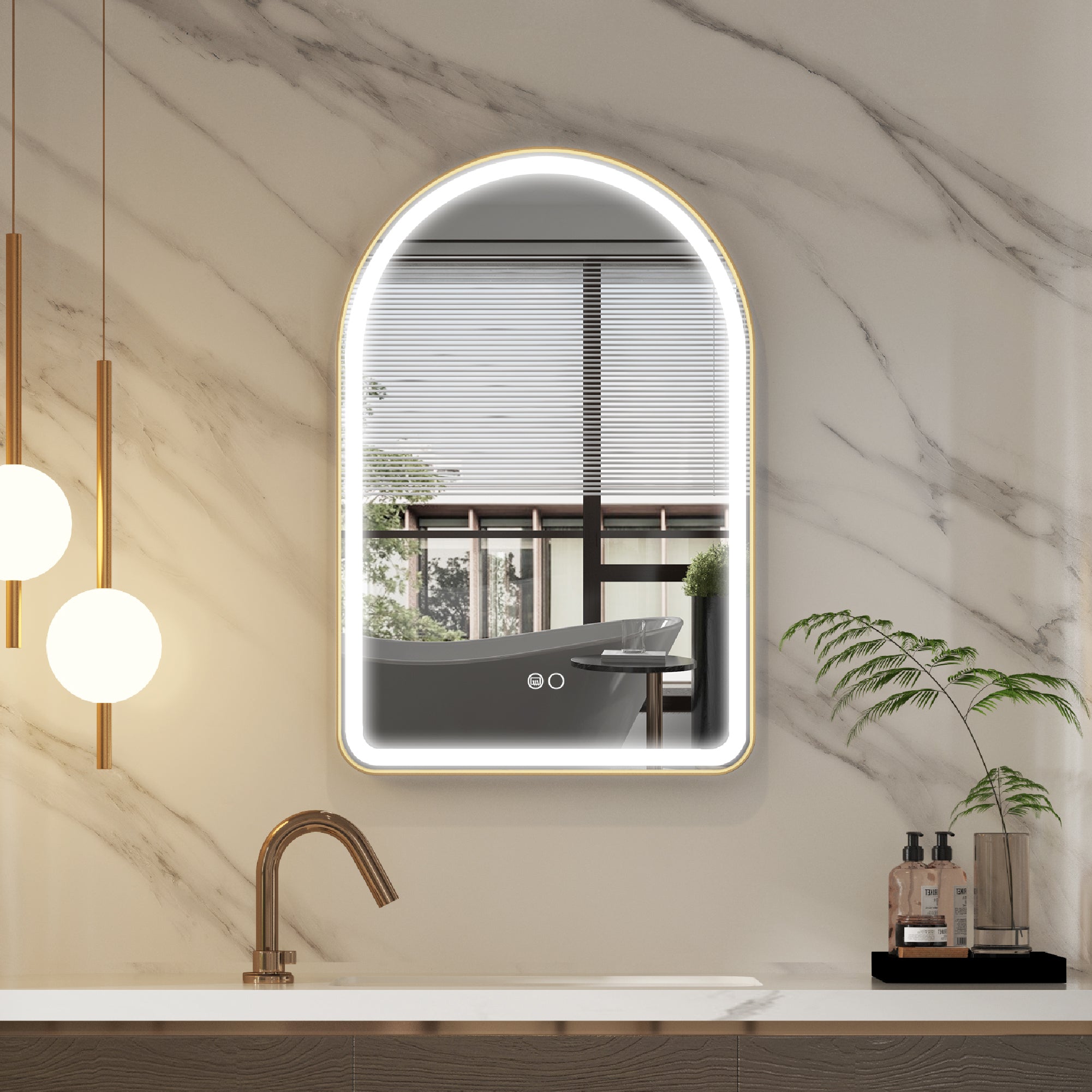
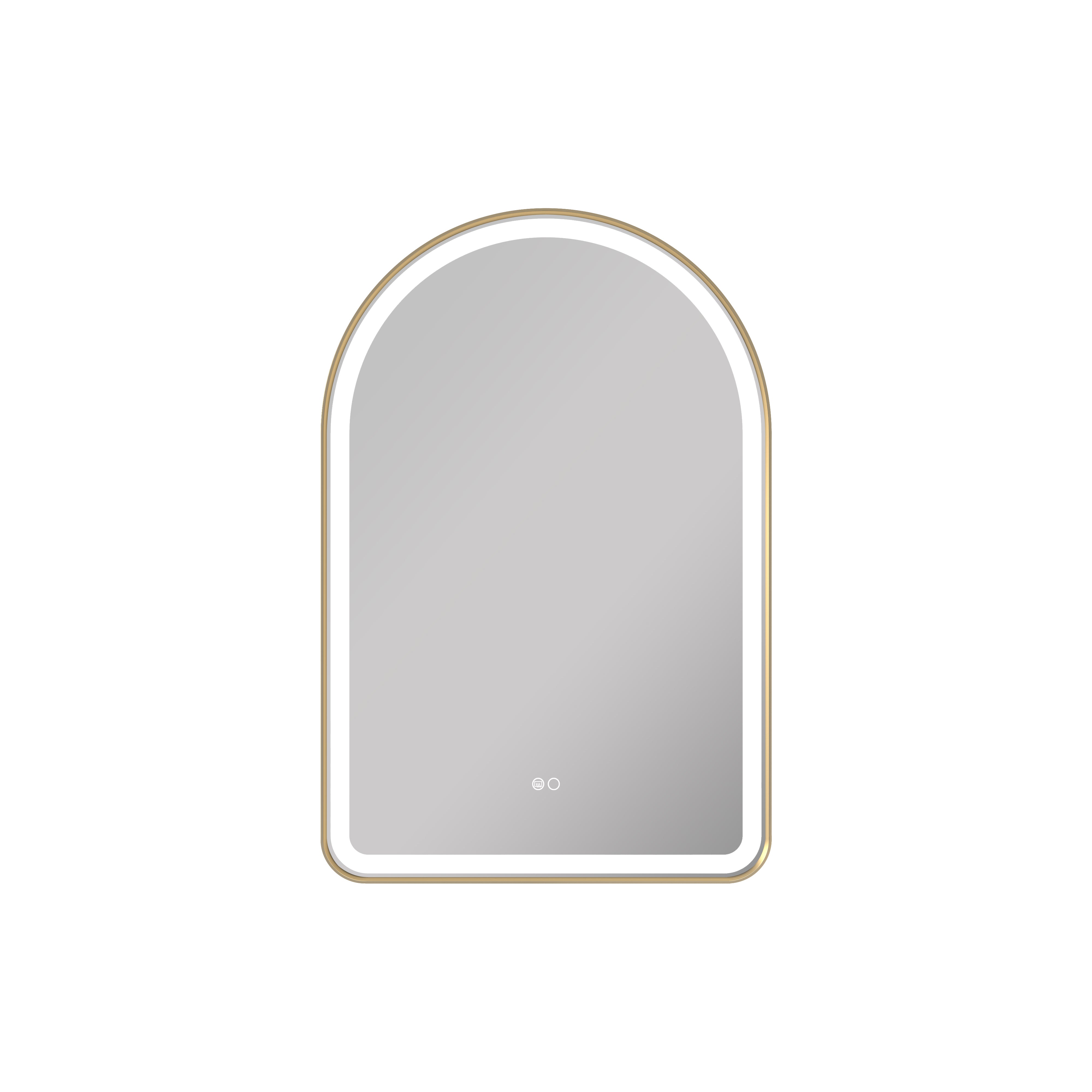
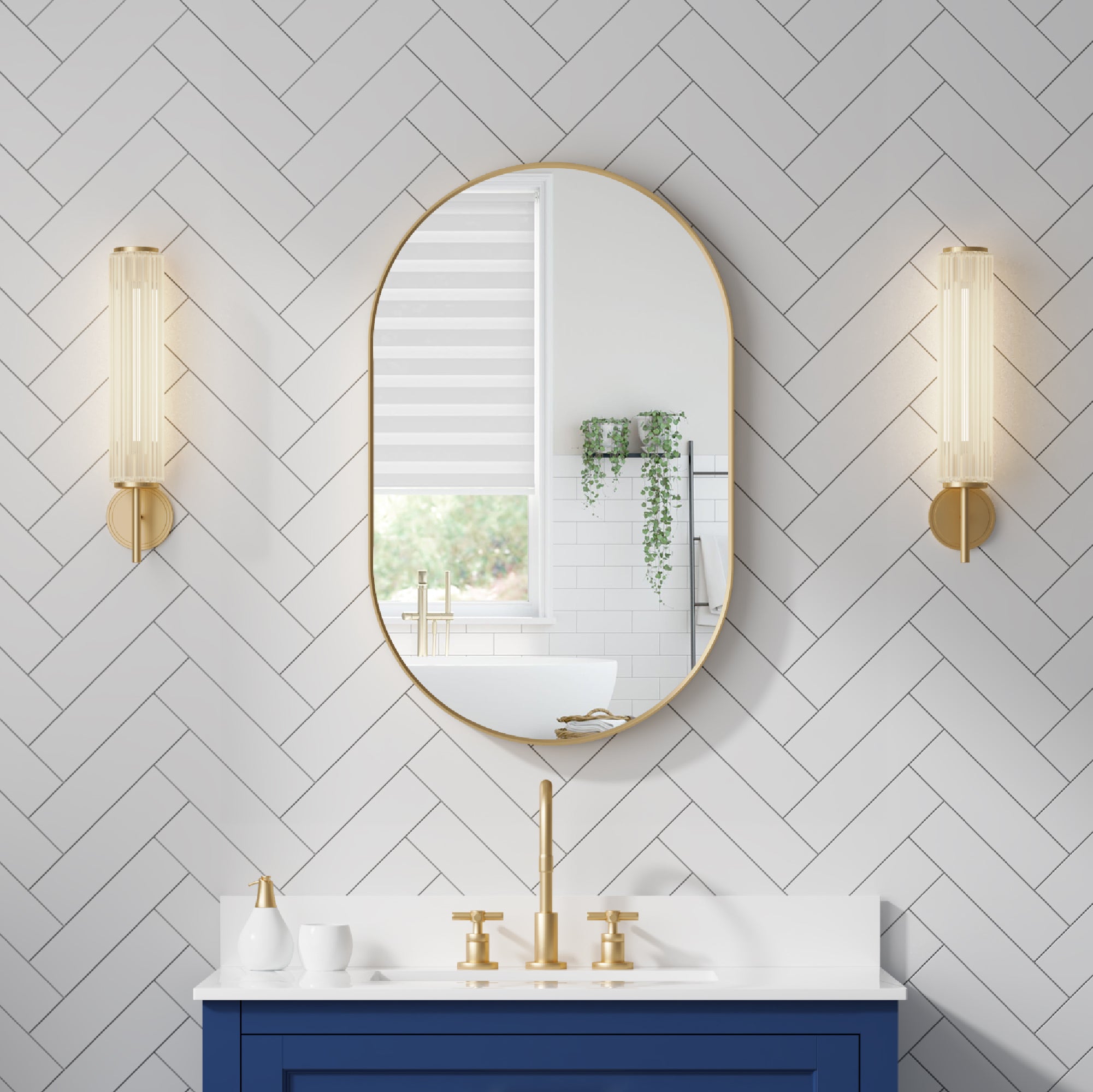
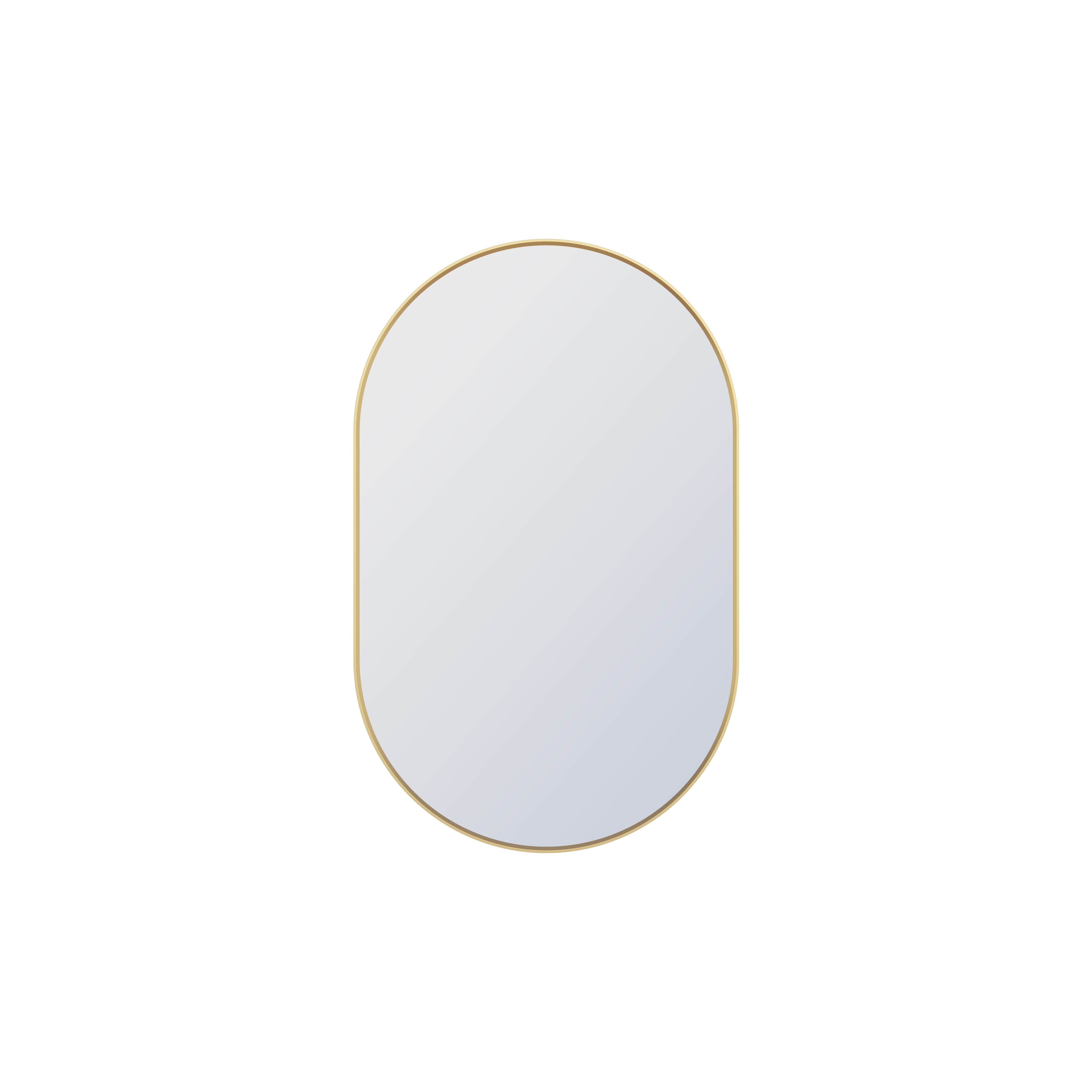
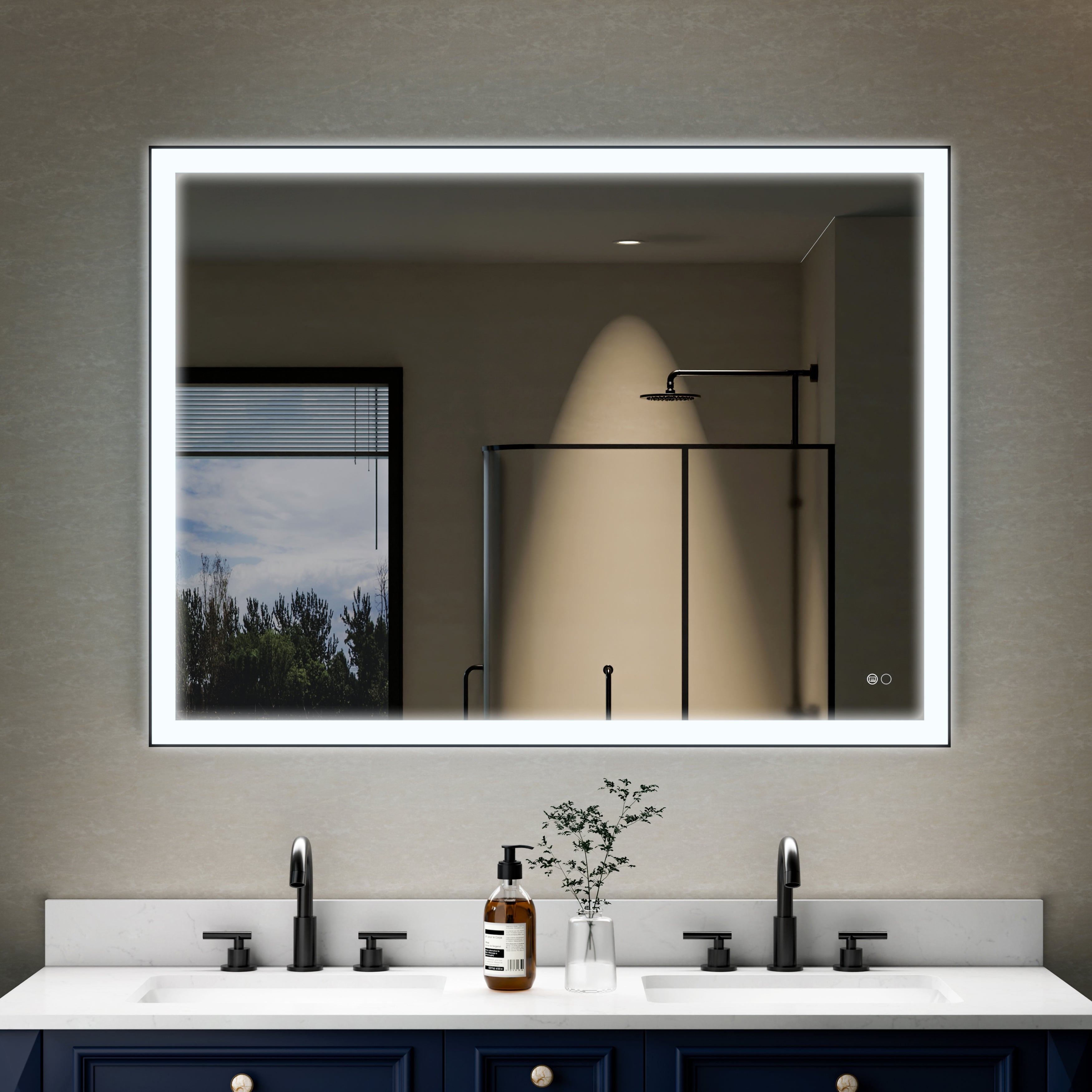
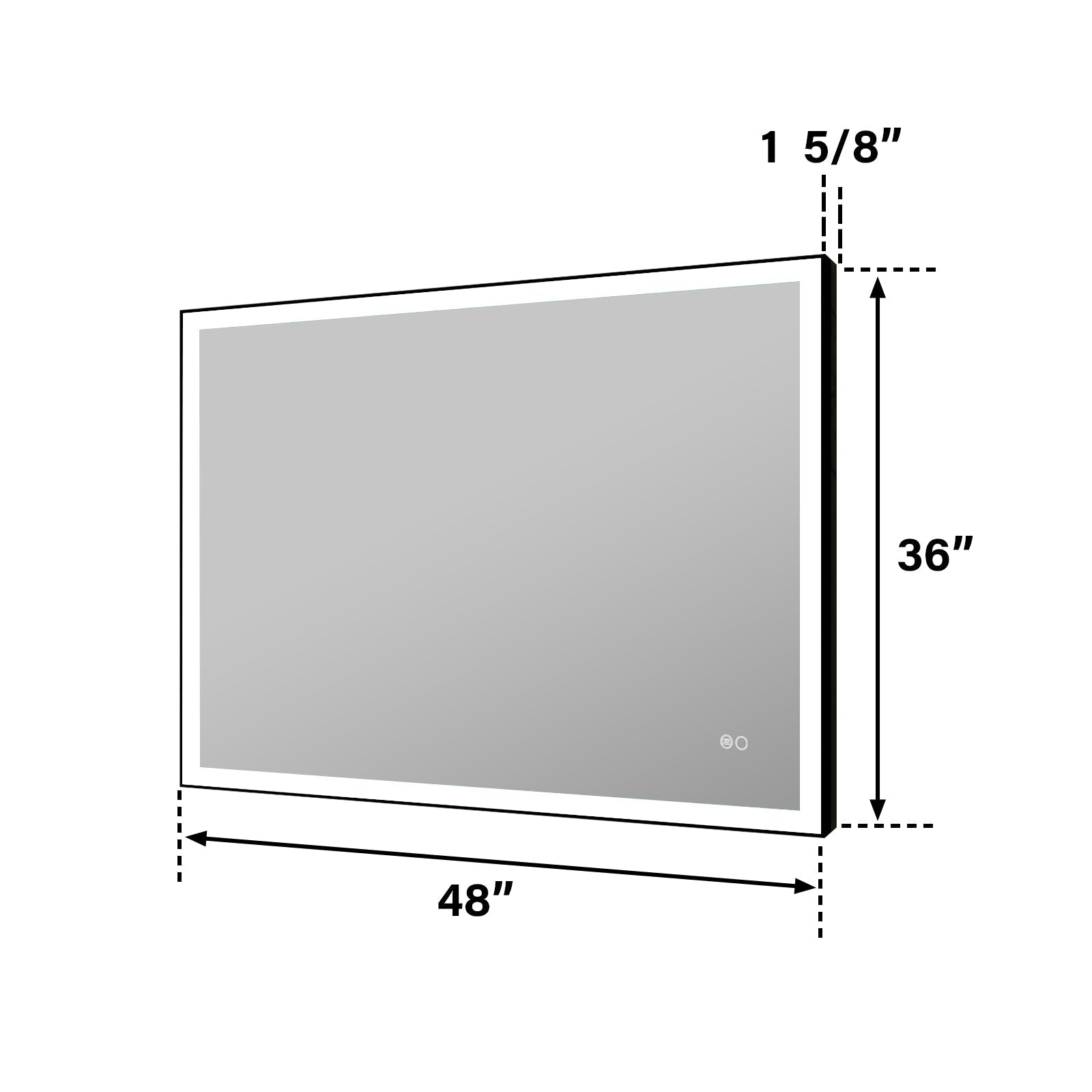
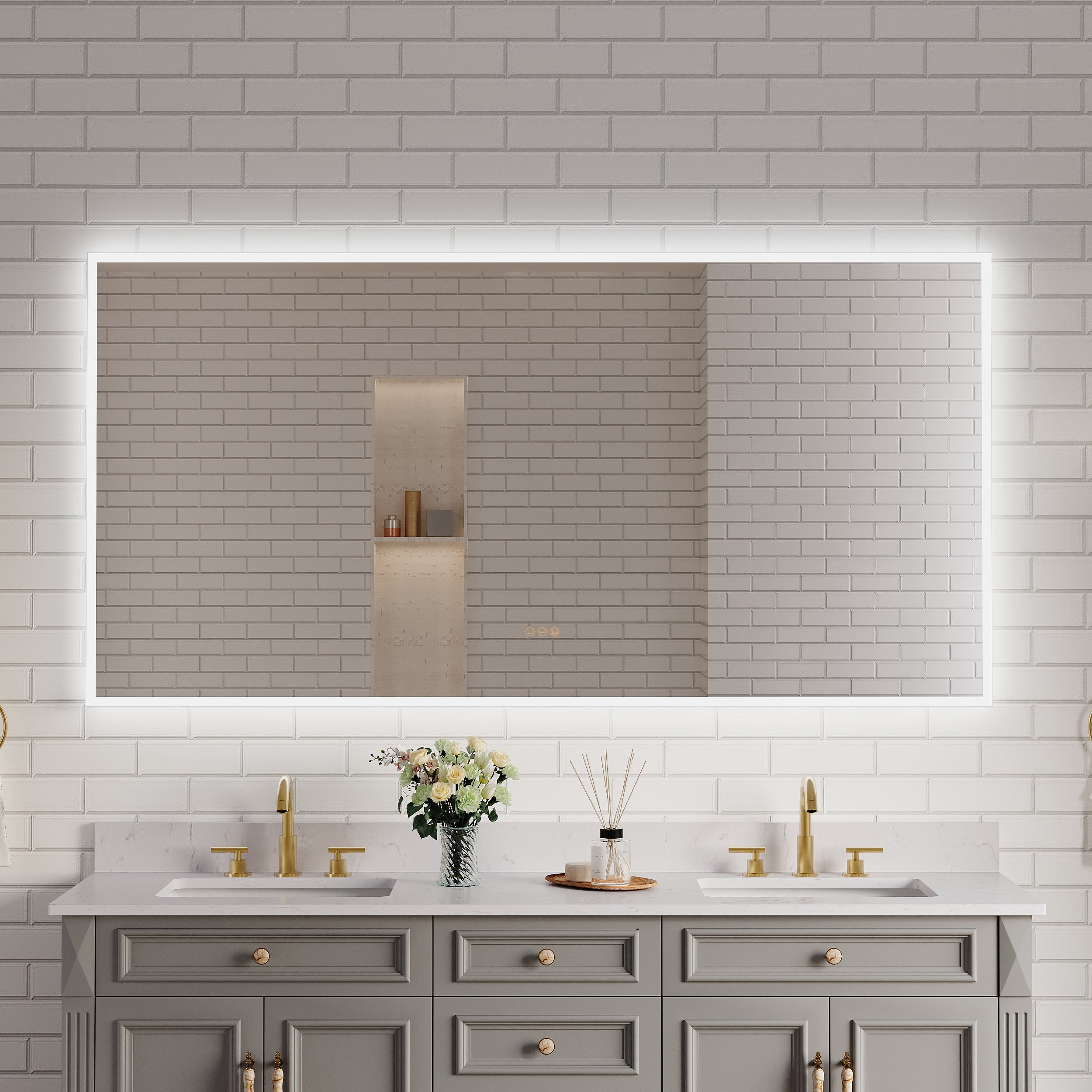

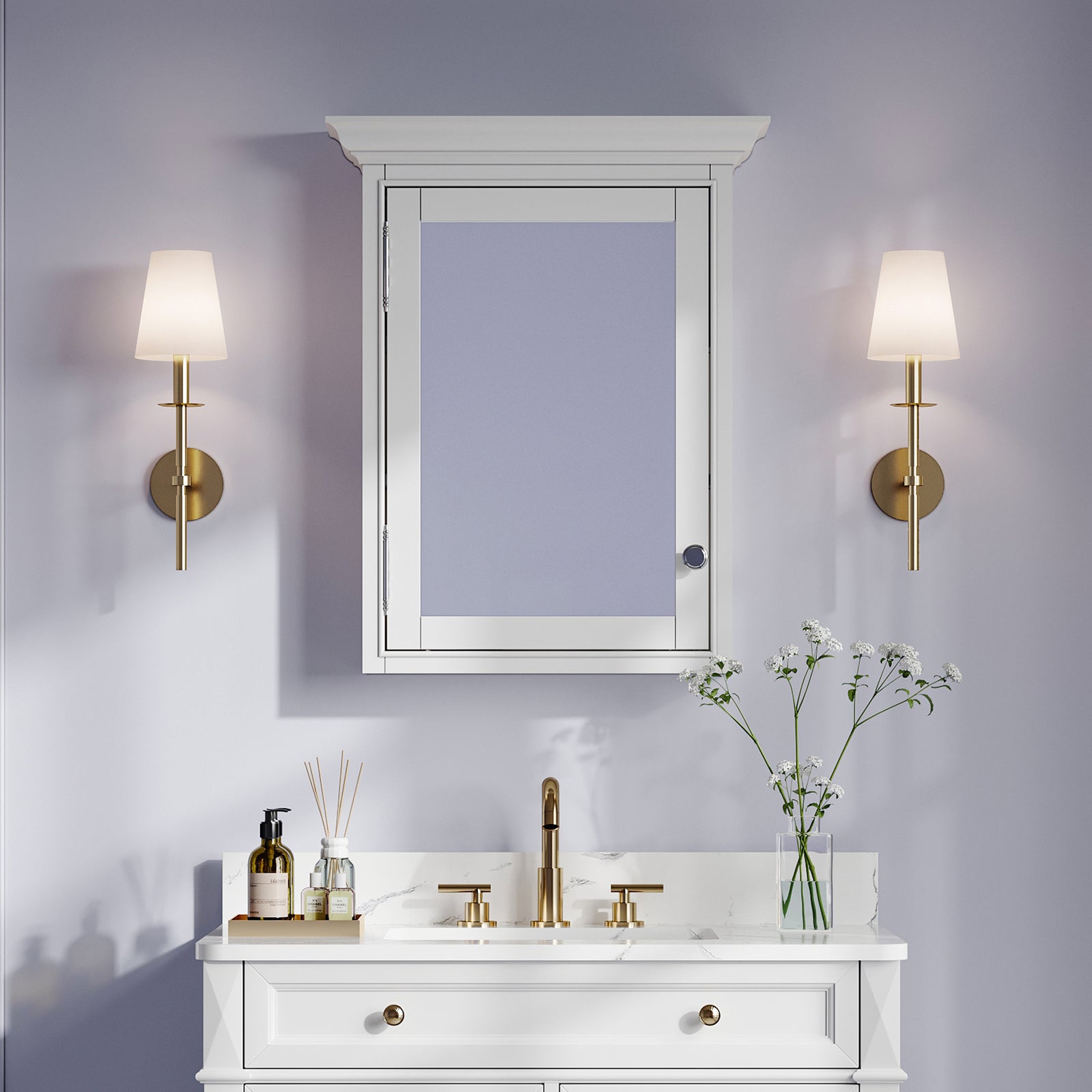
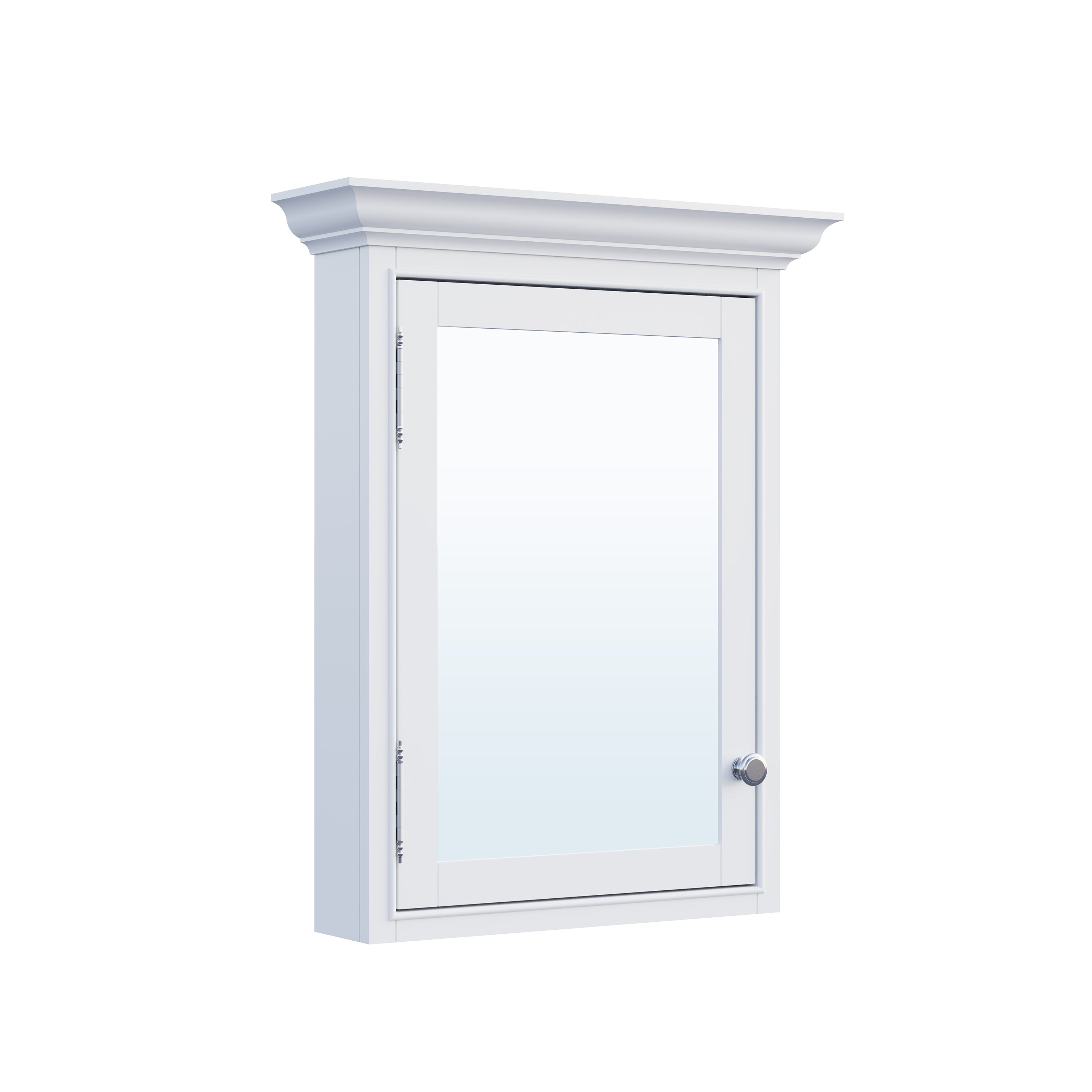
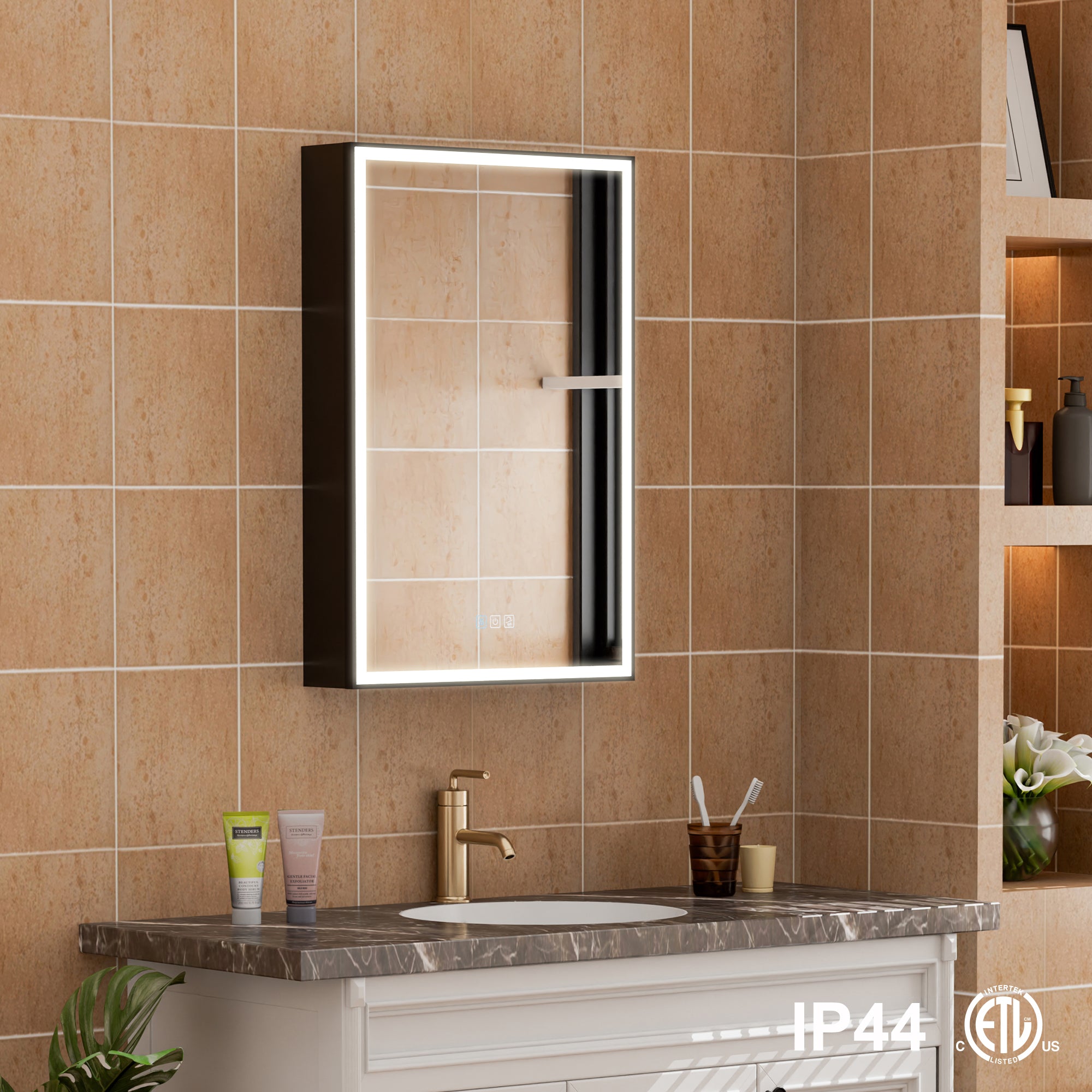

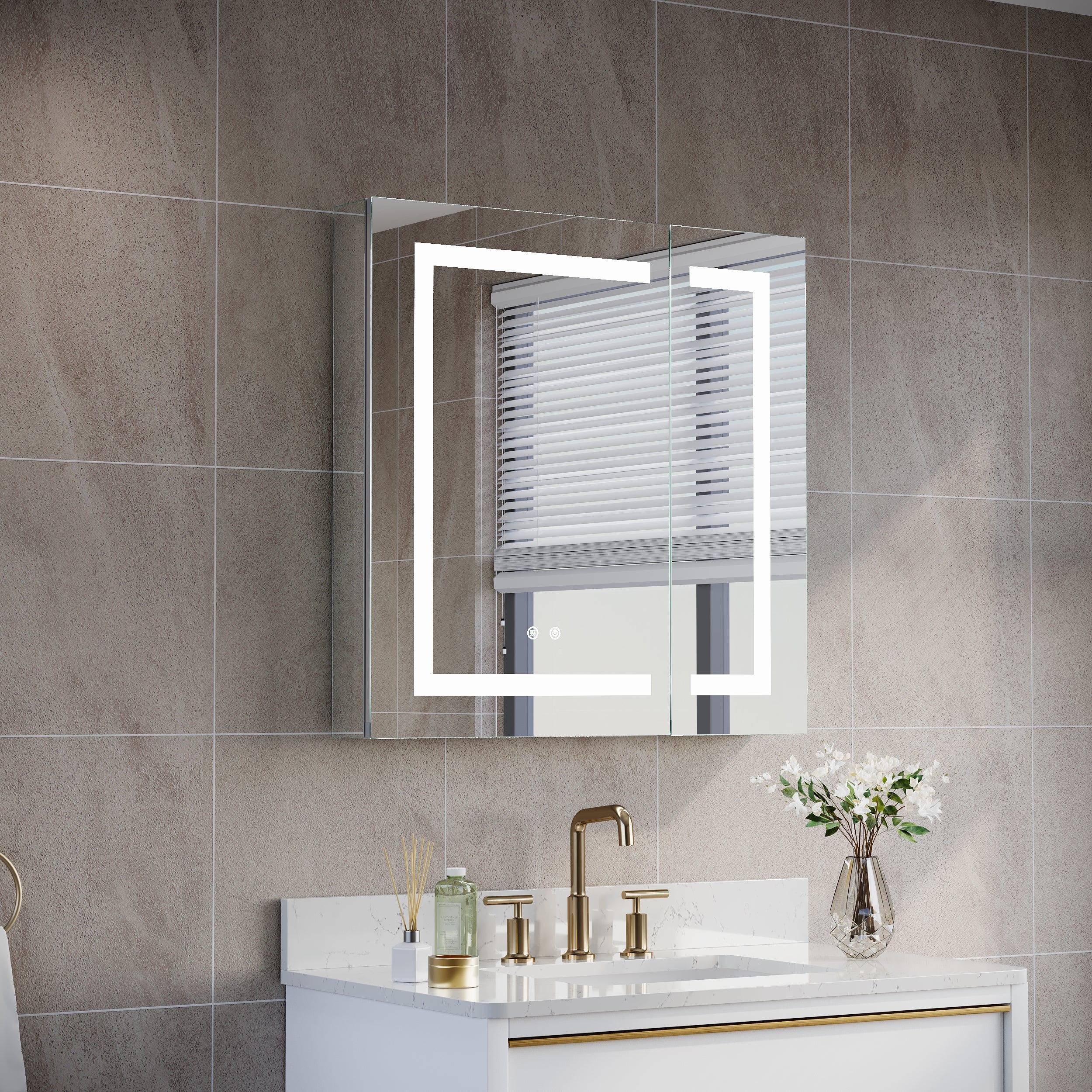
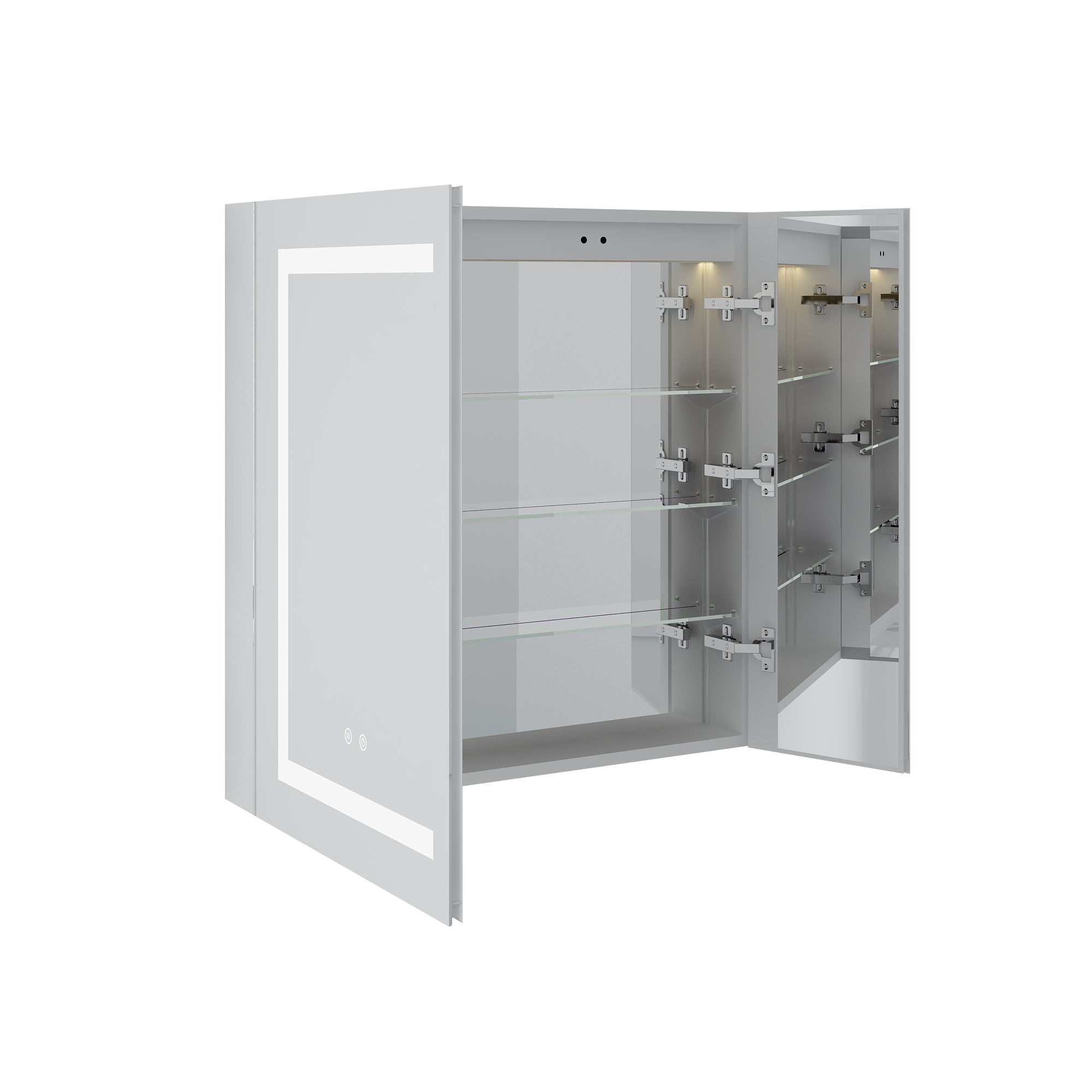

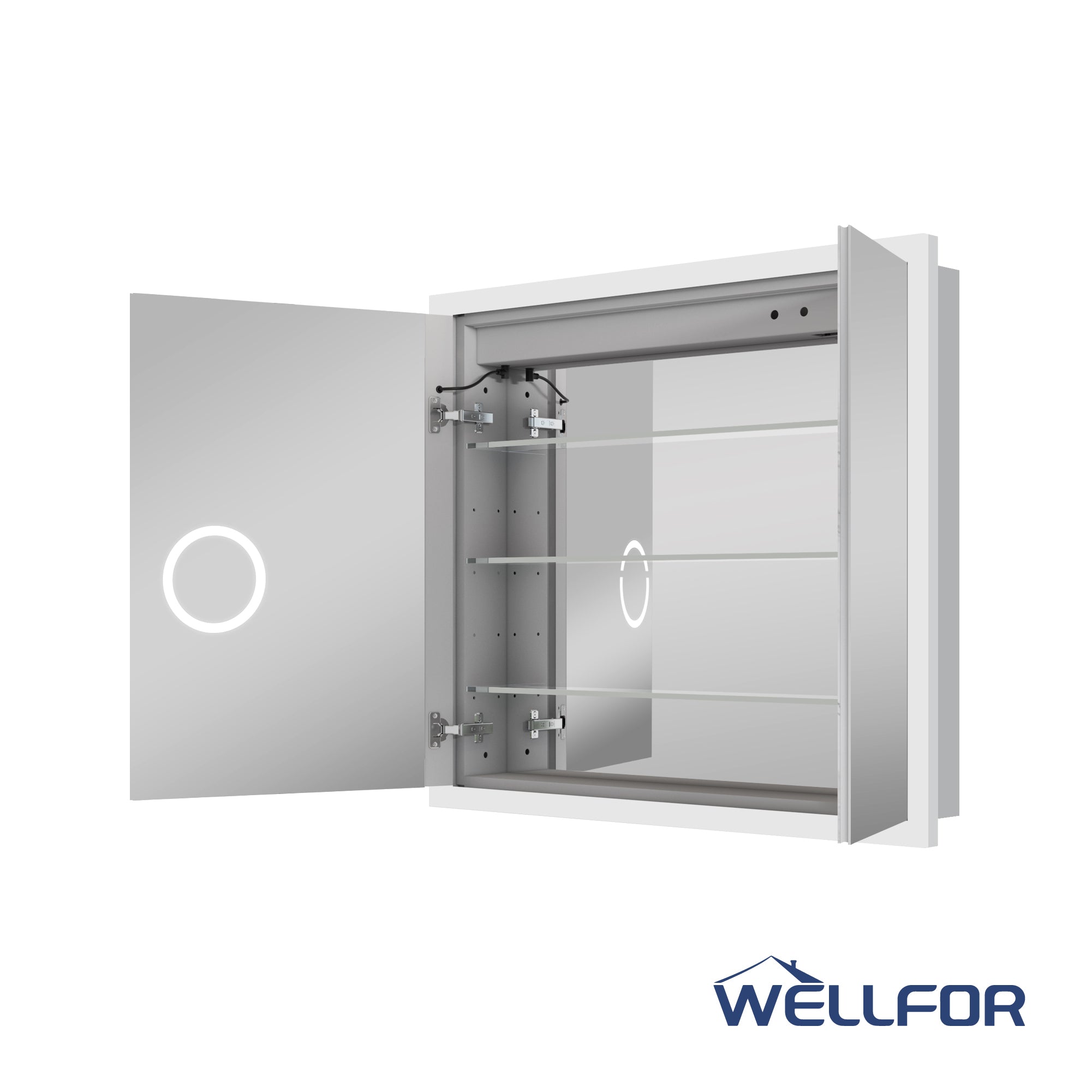
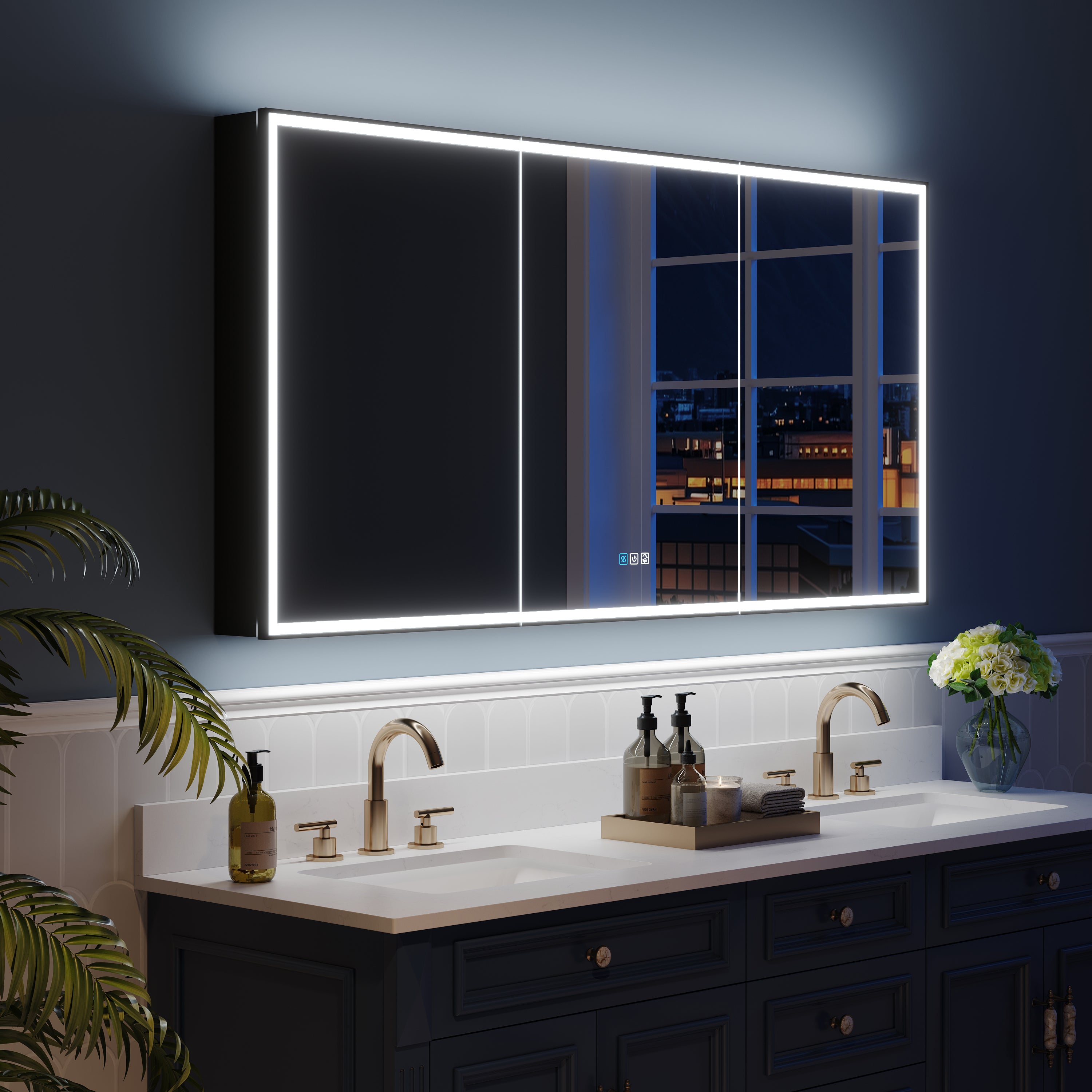
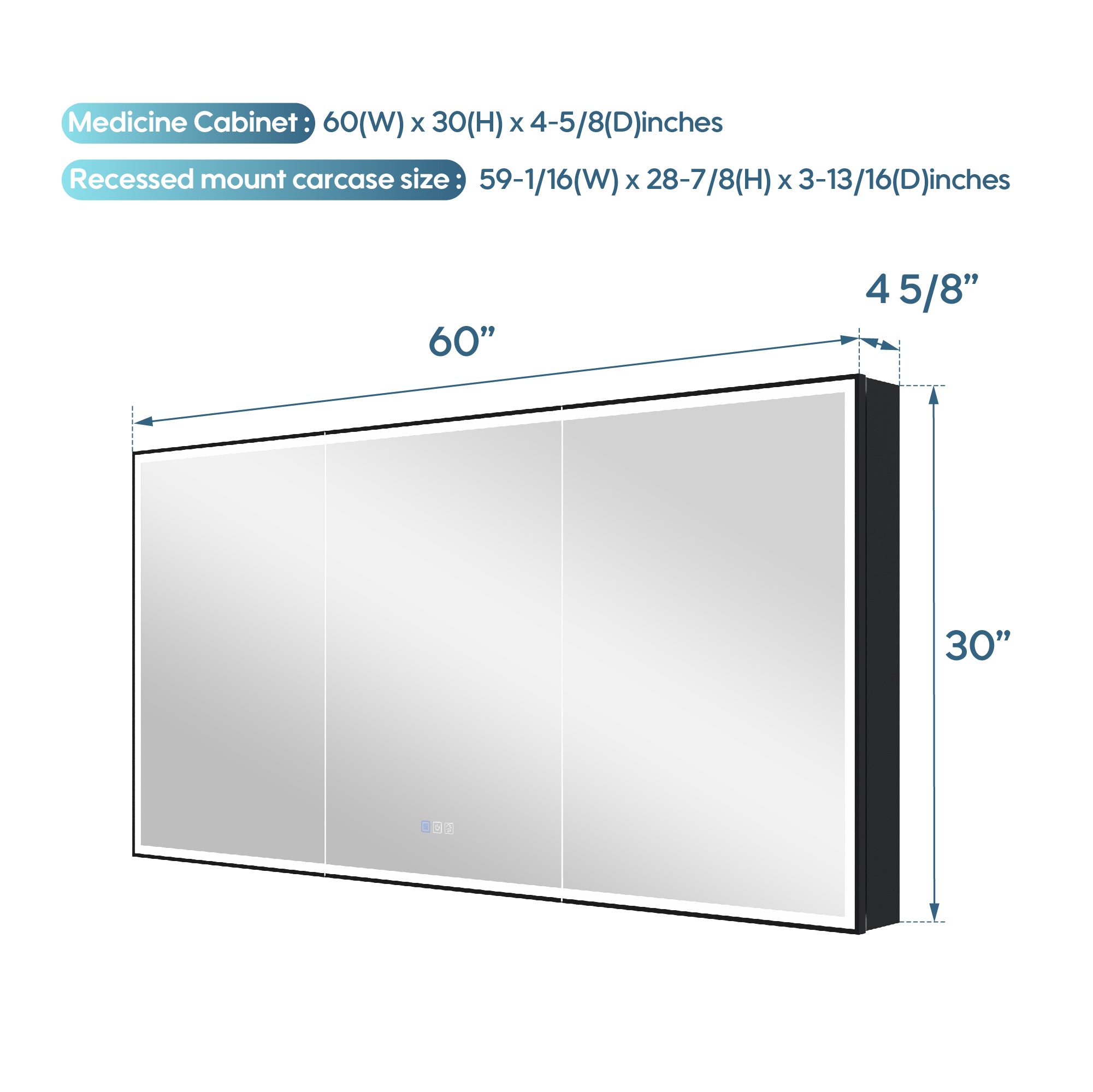
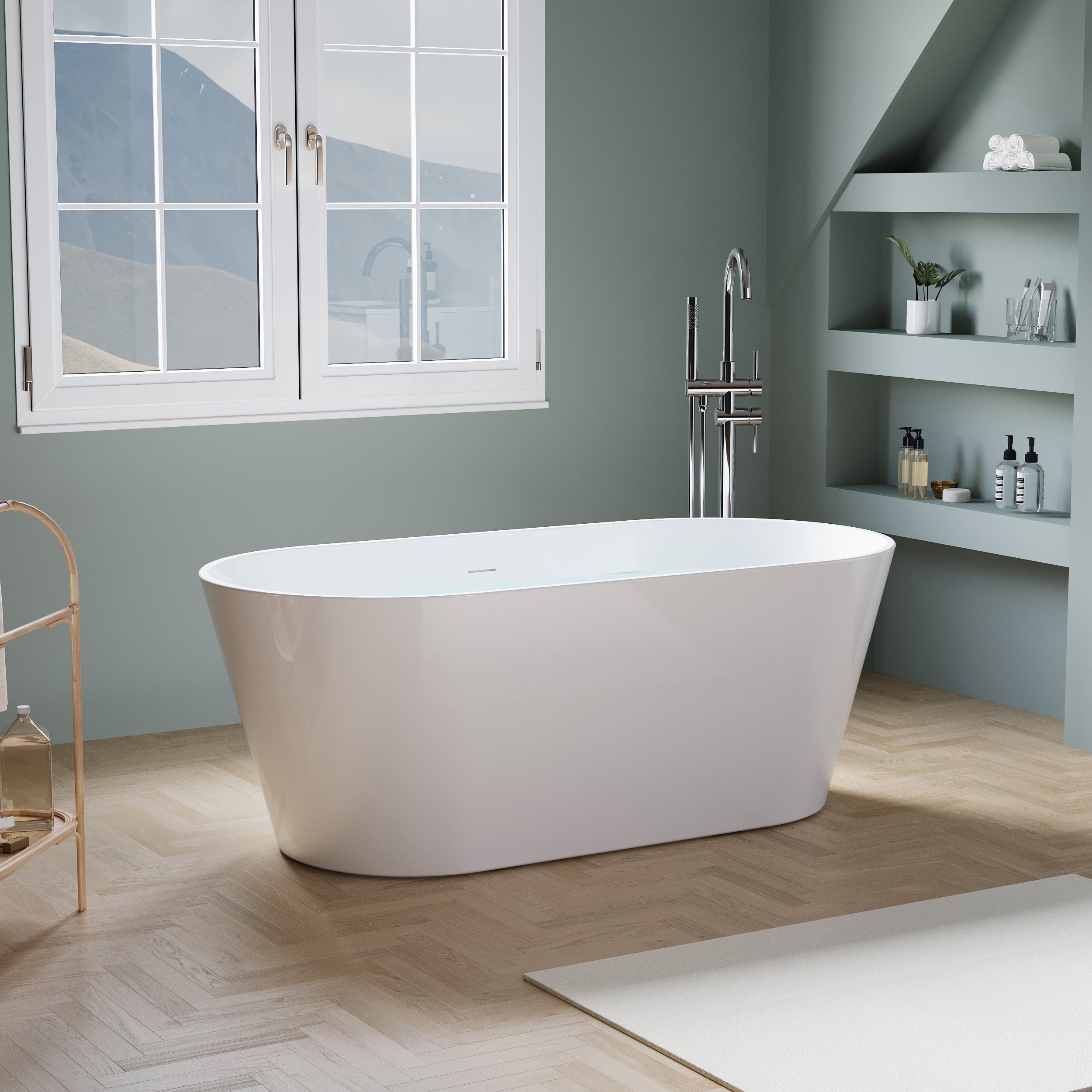



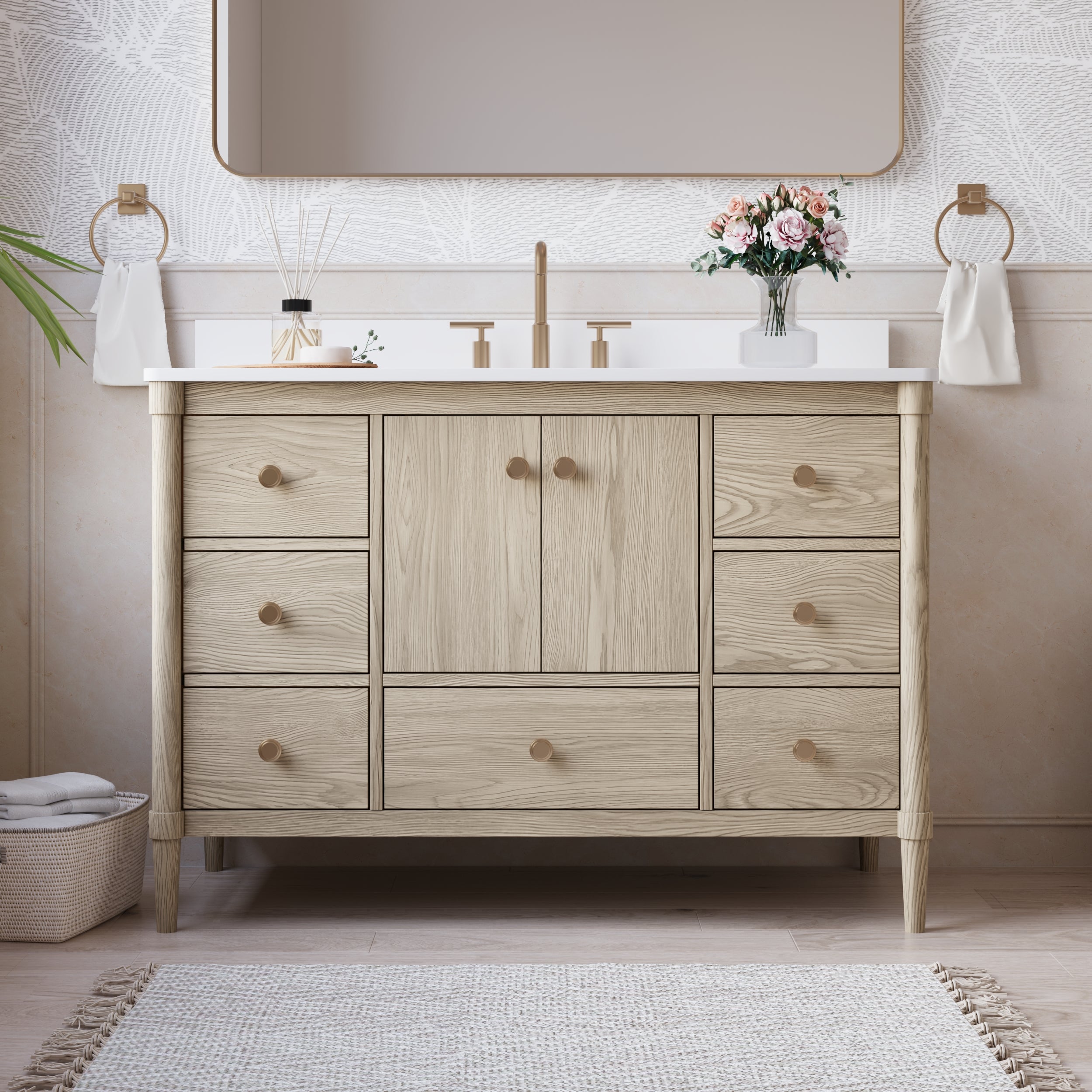
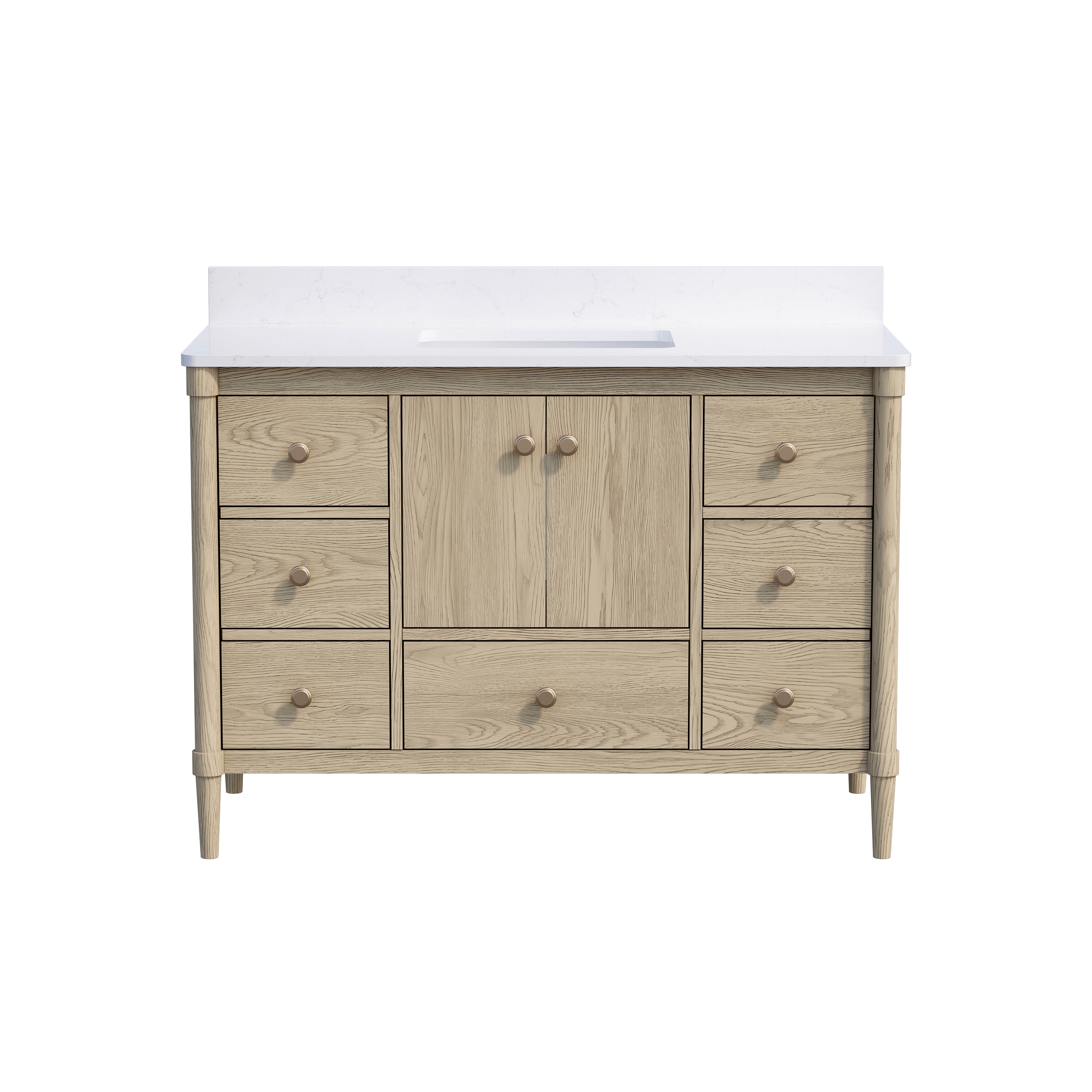
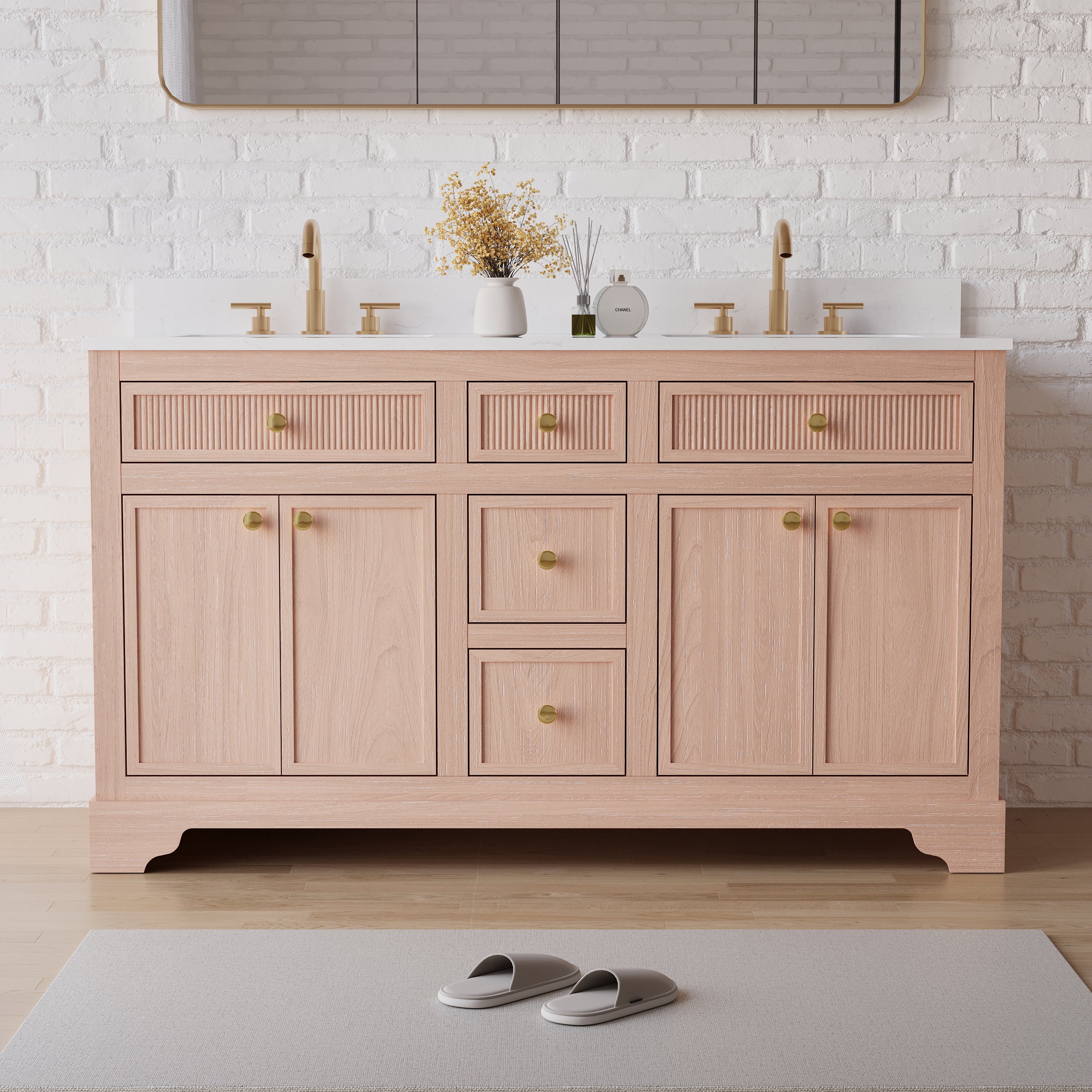
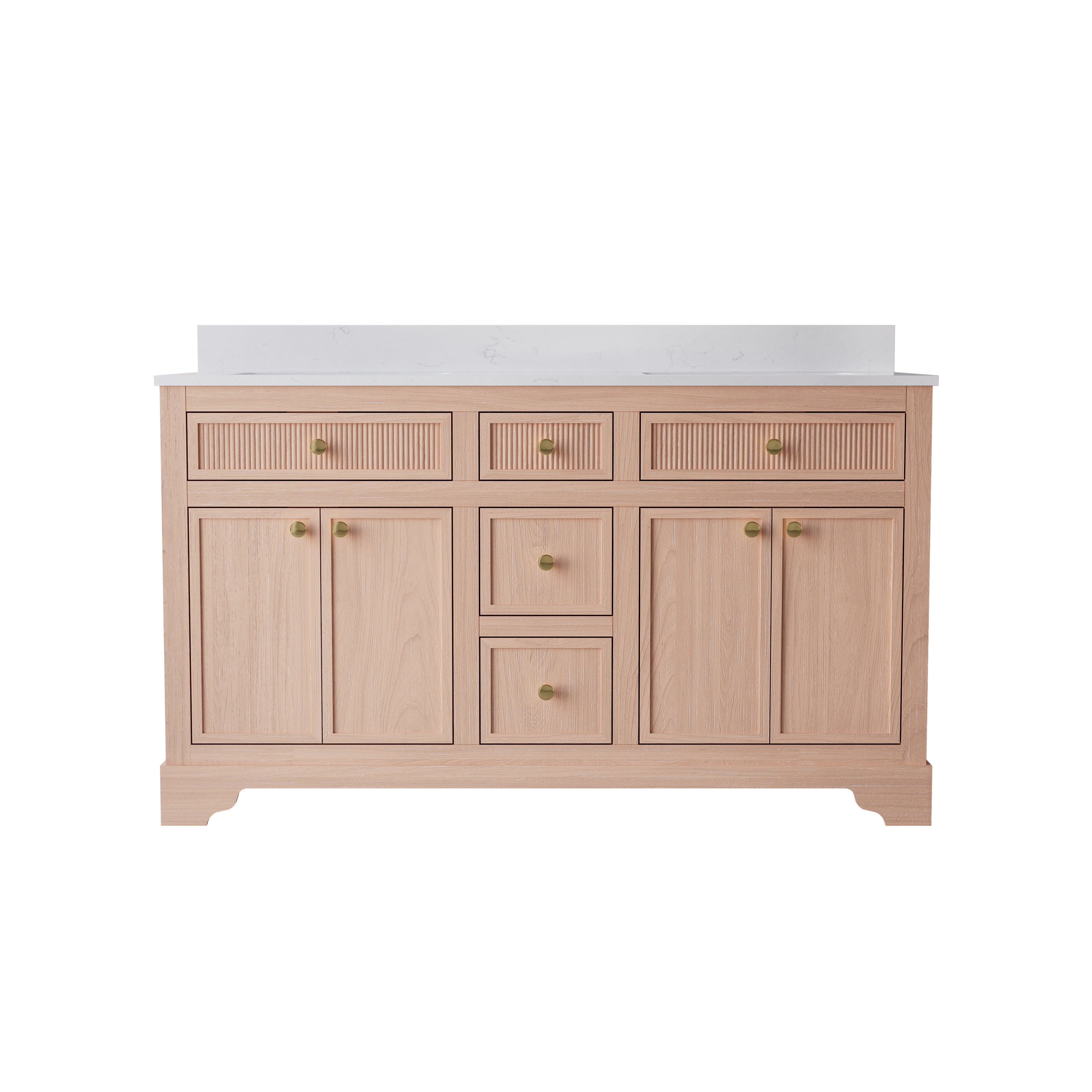
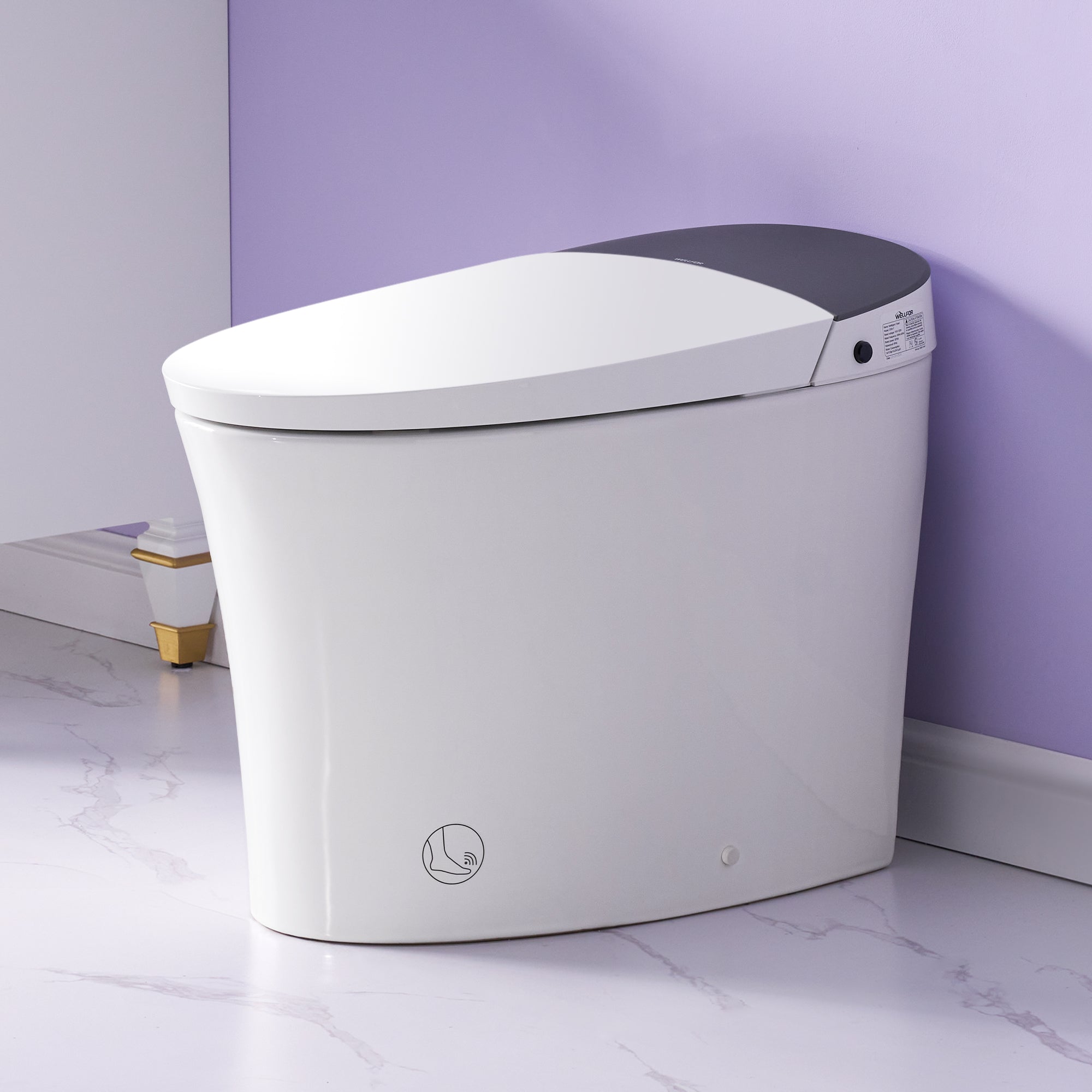
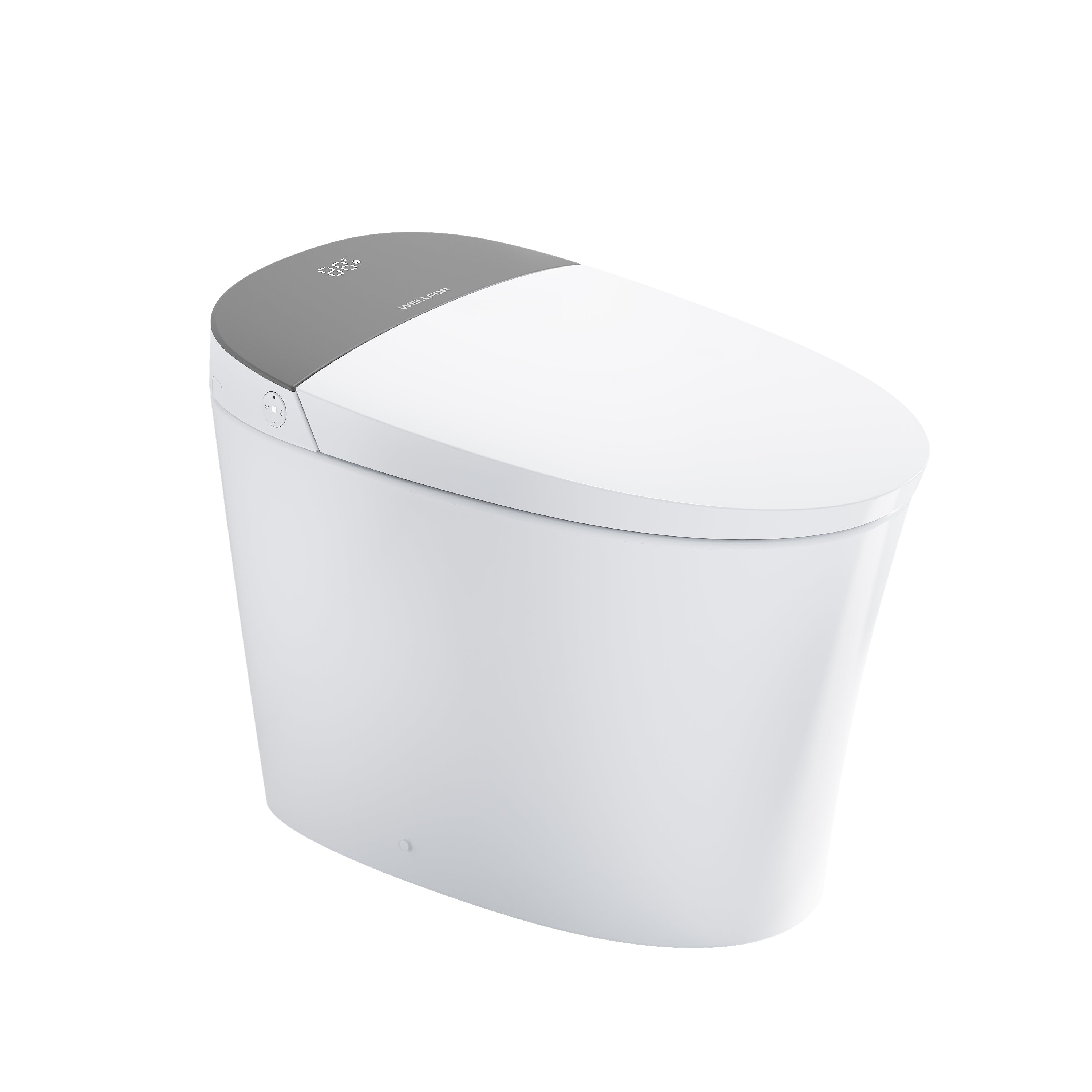
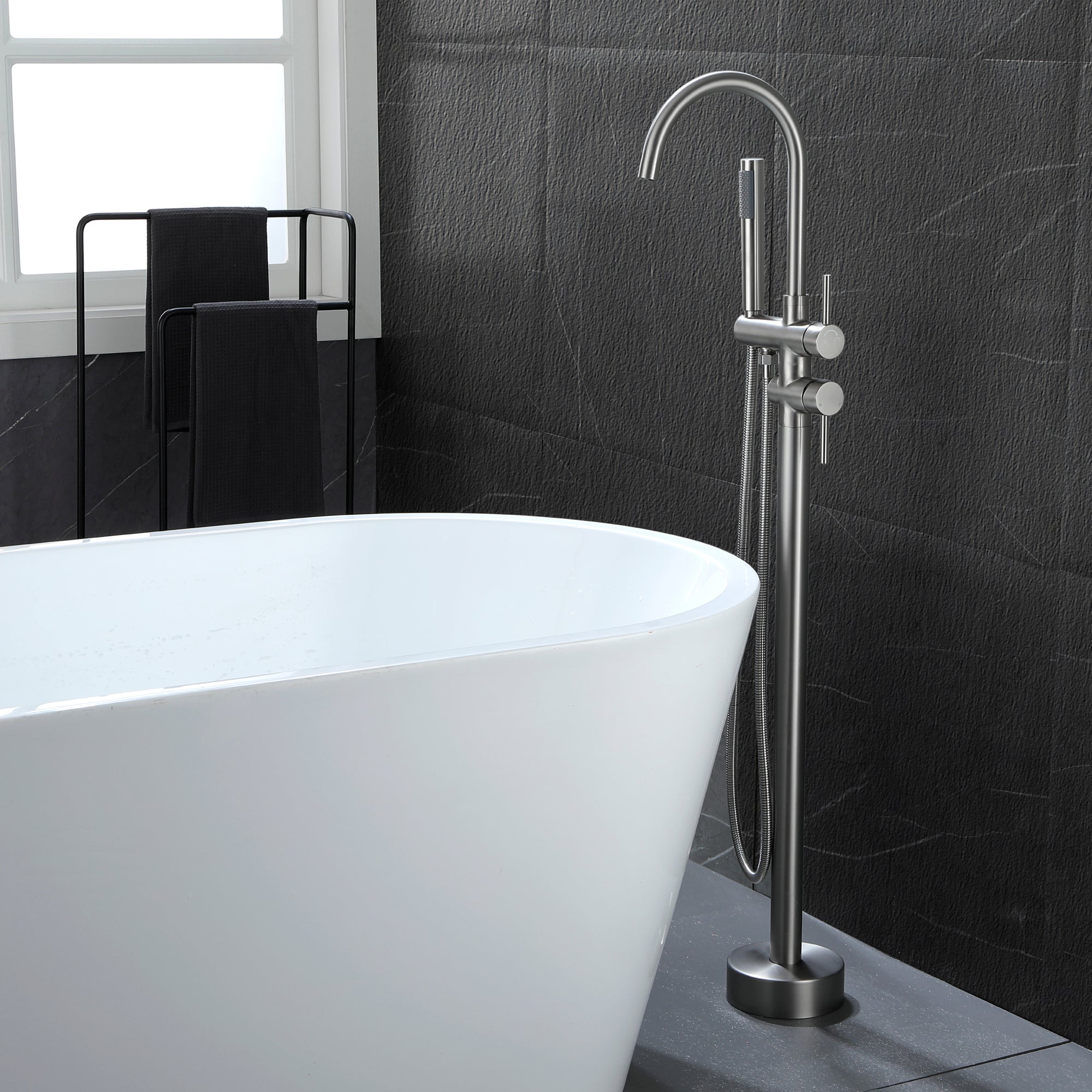

Leave a comment
This site is protected by hCaptcha and the hCaptcha Privacy Policy and Terms of Service apply.